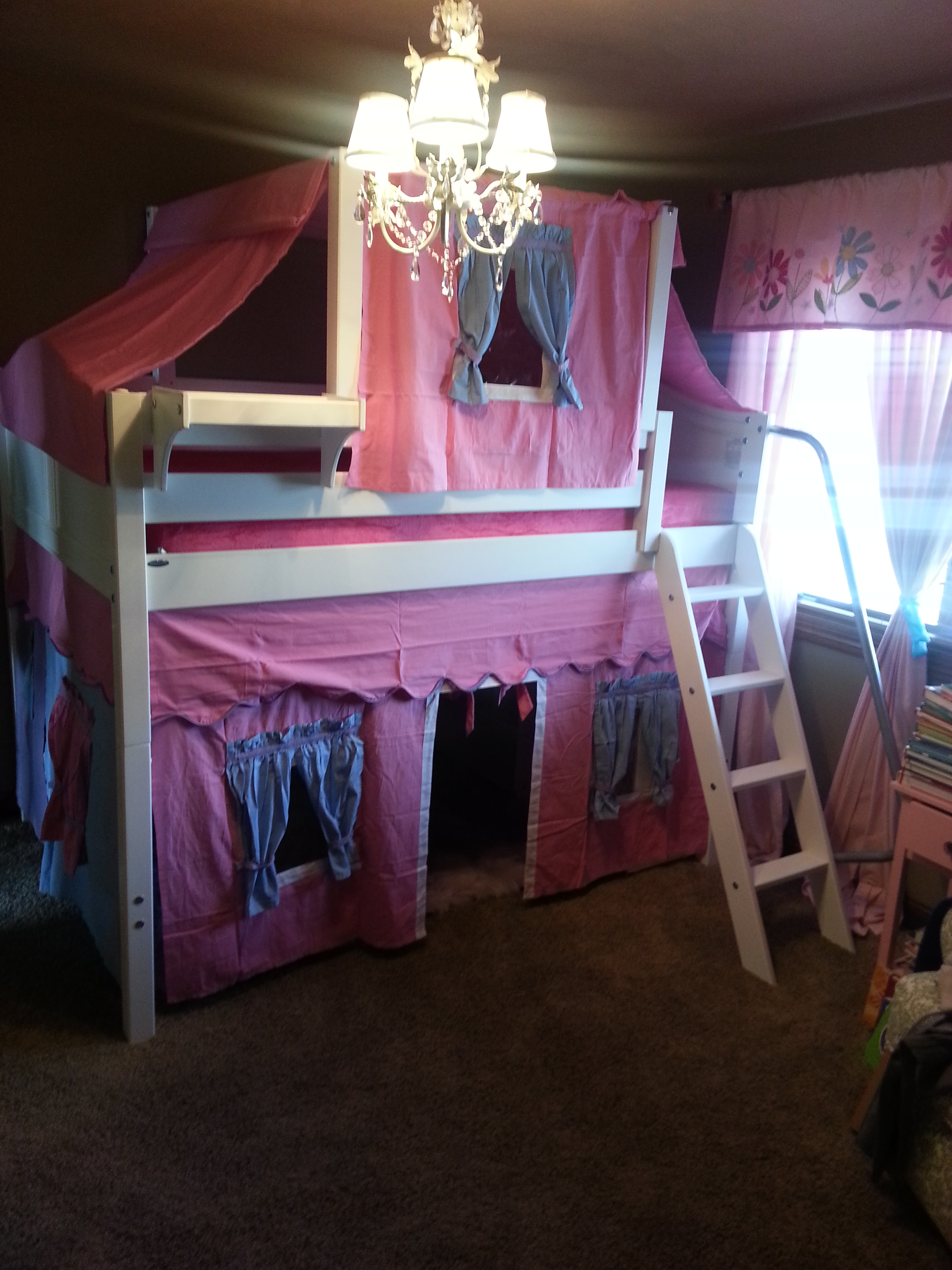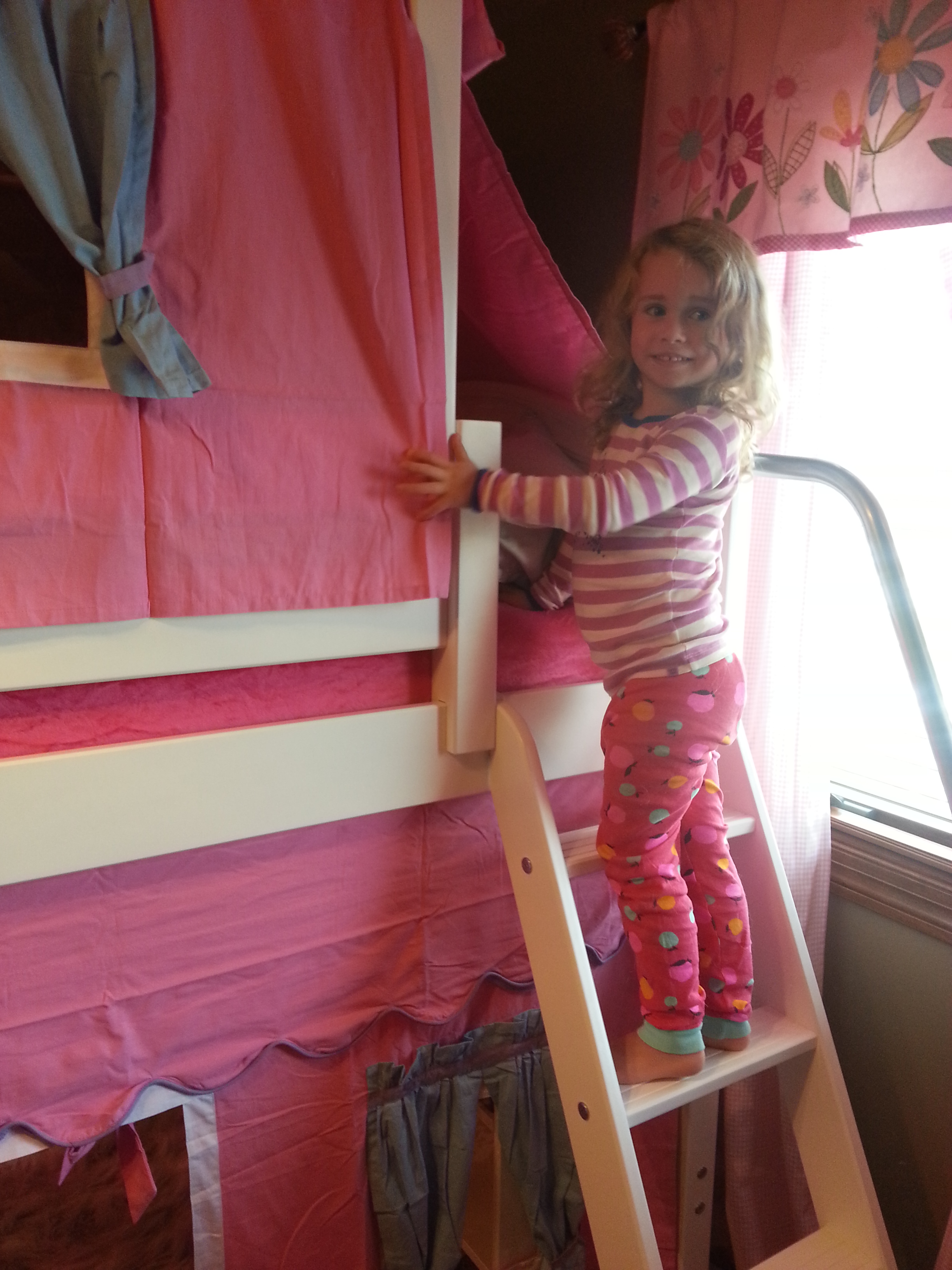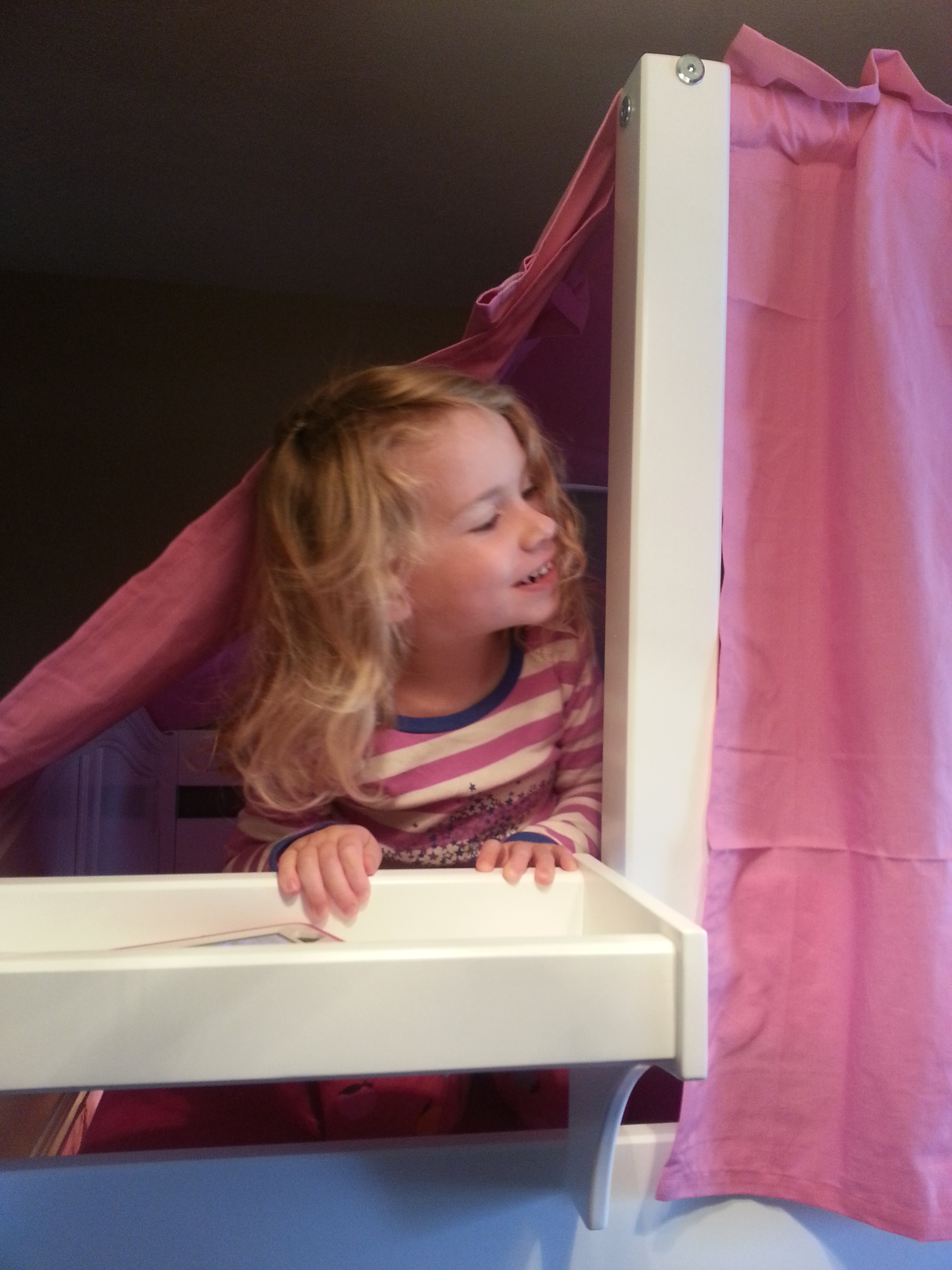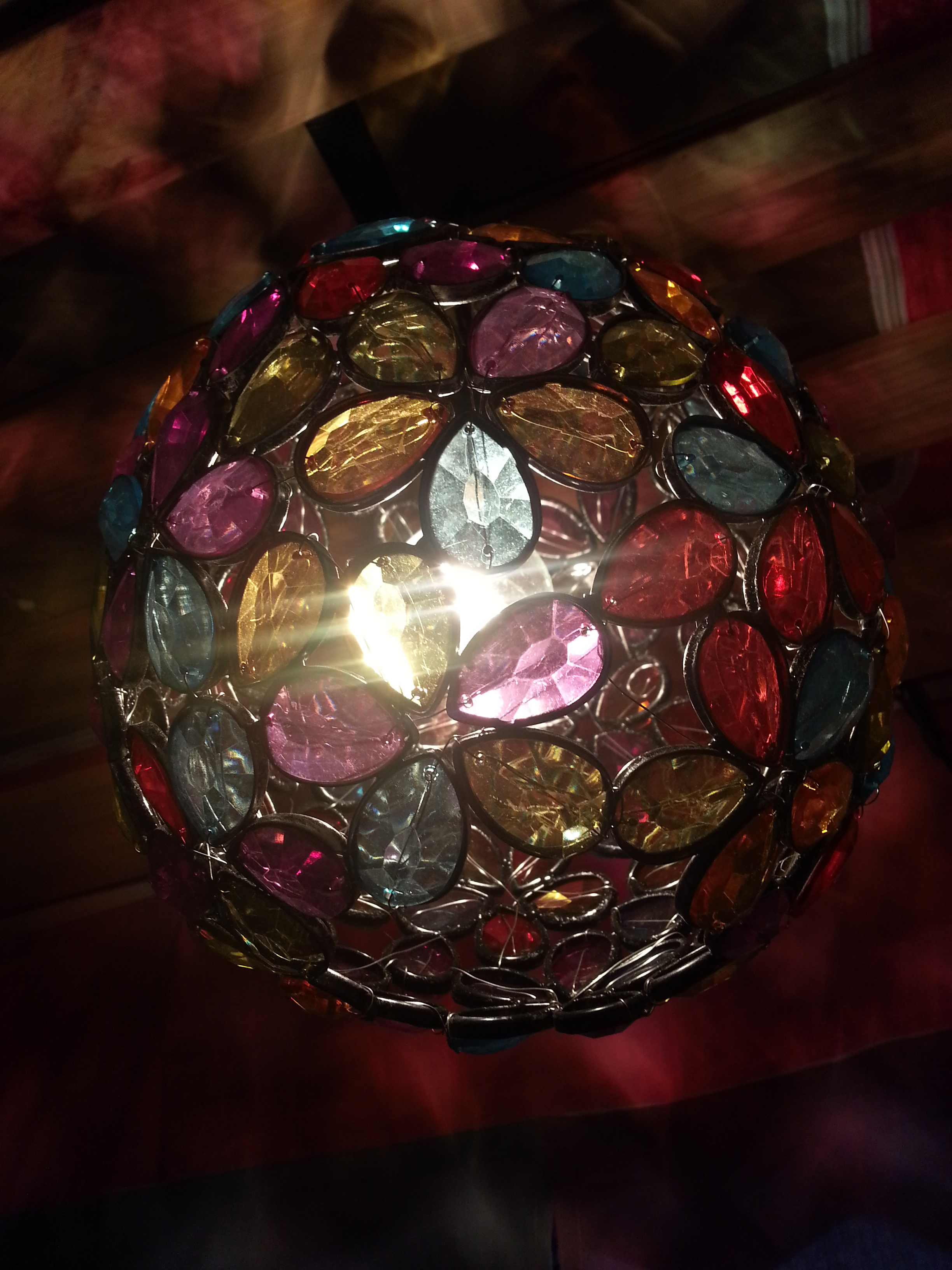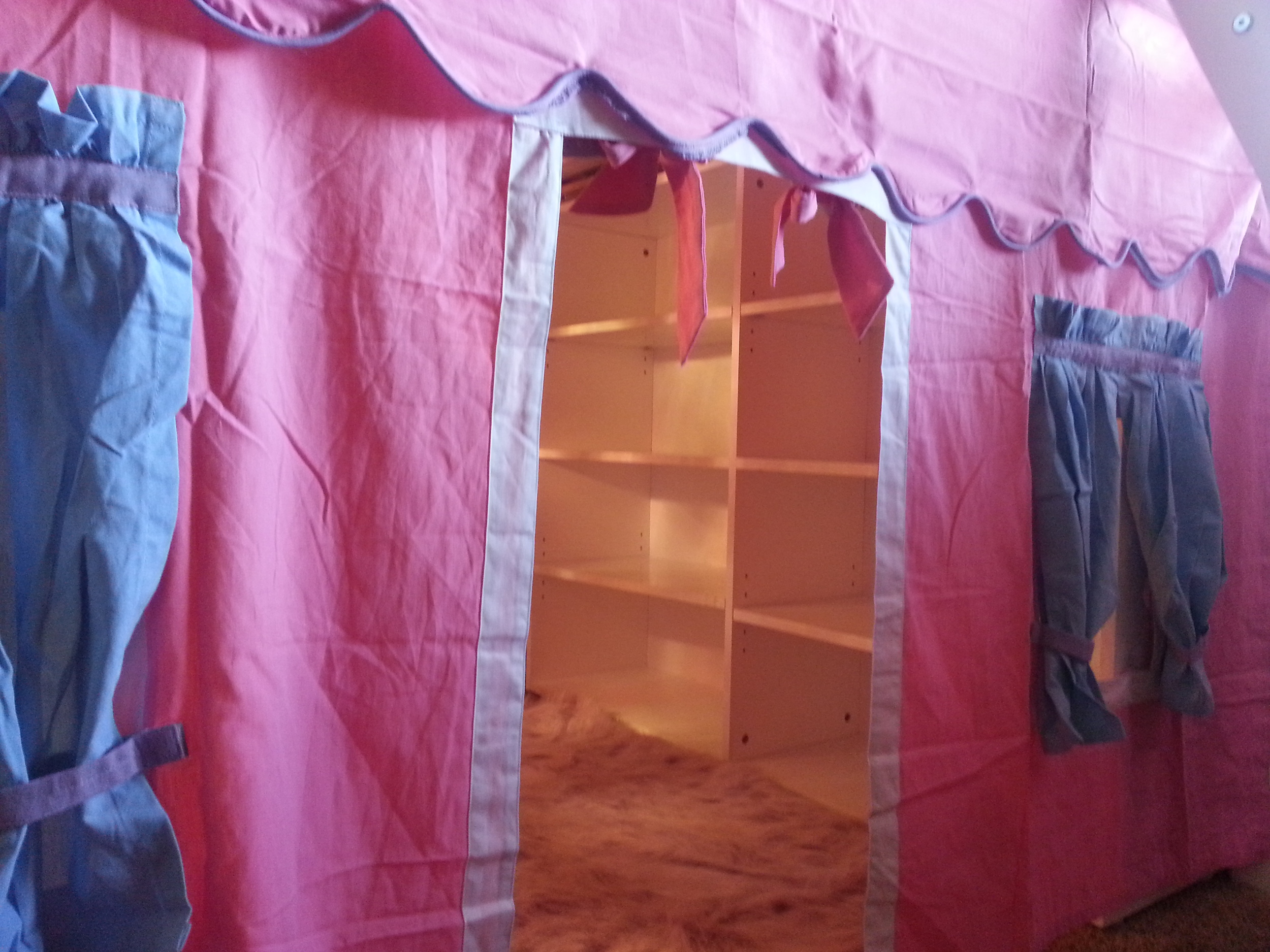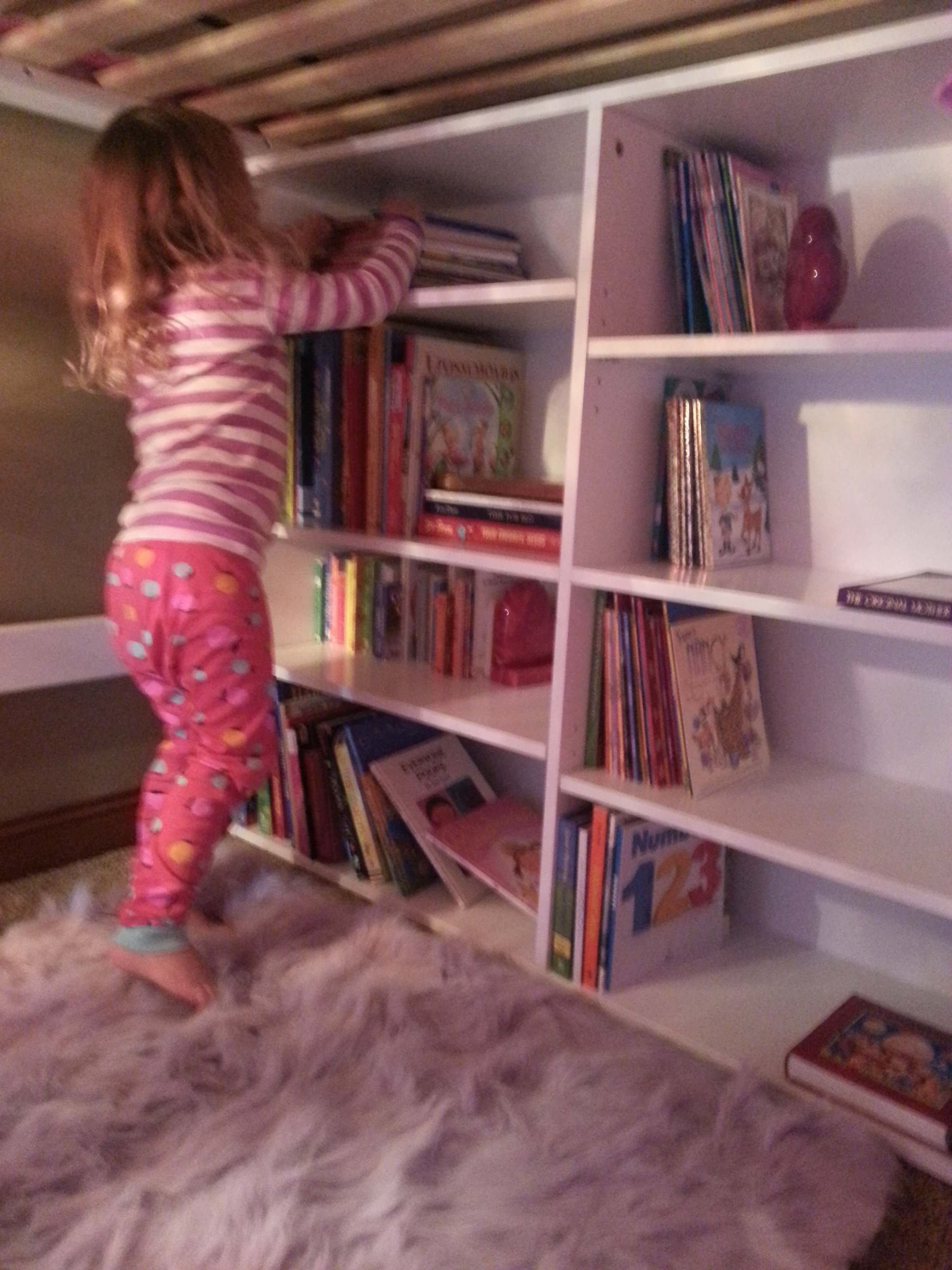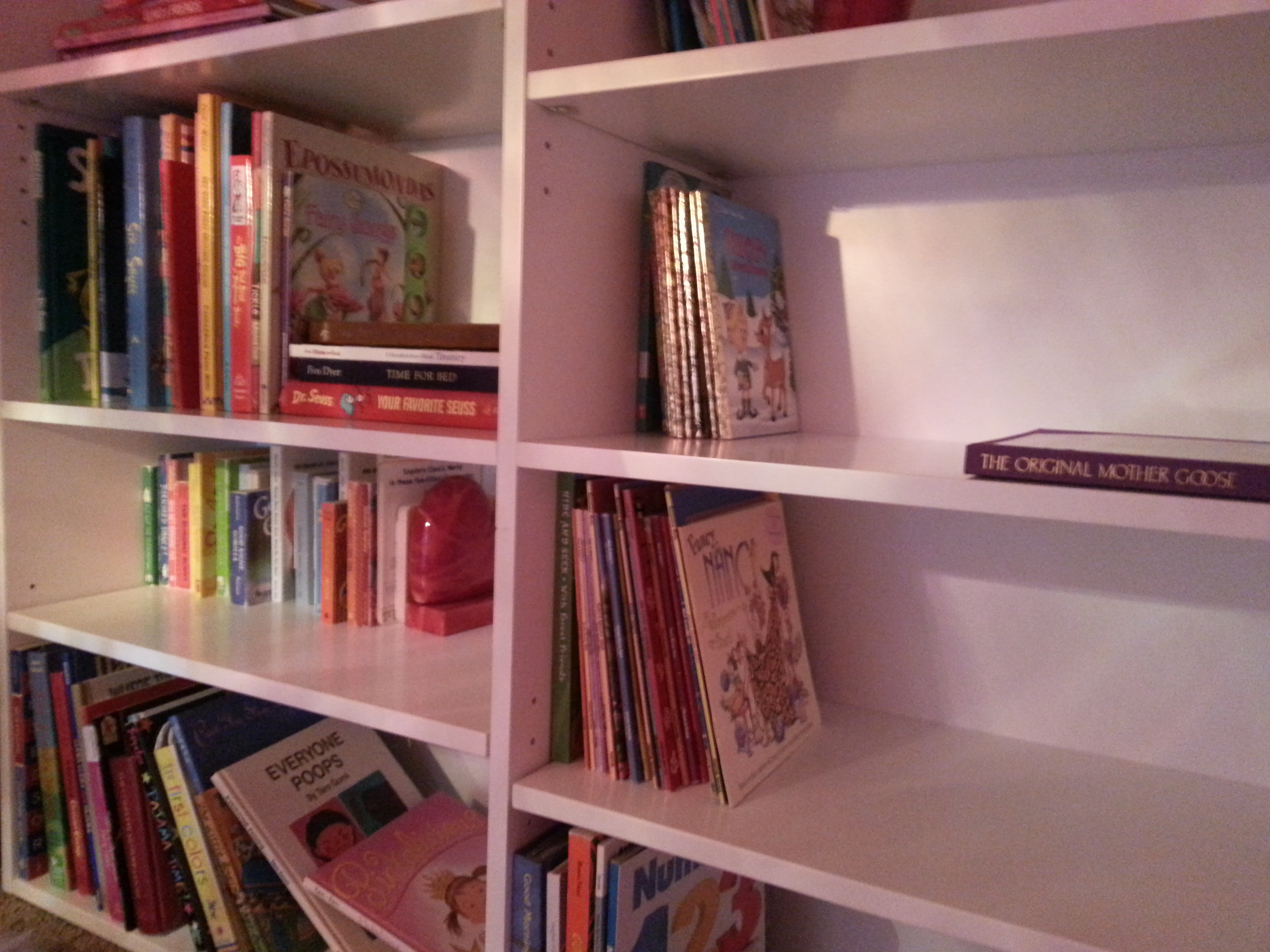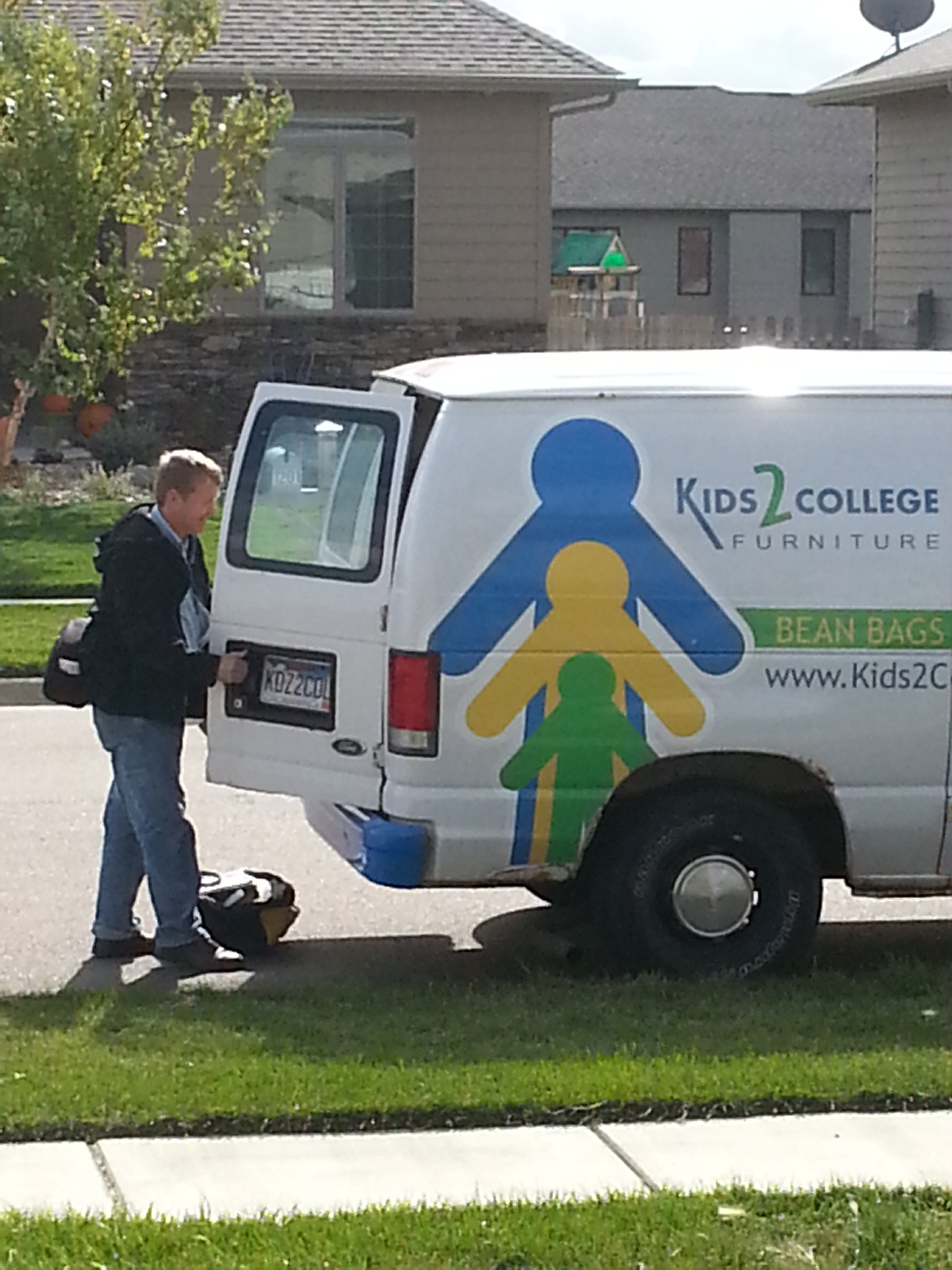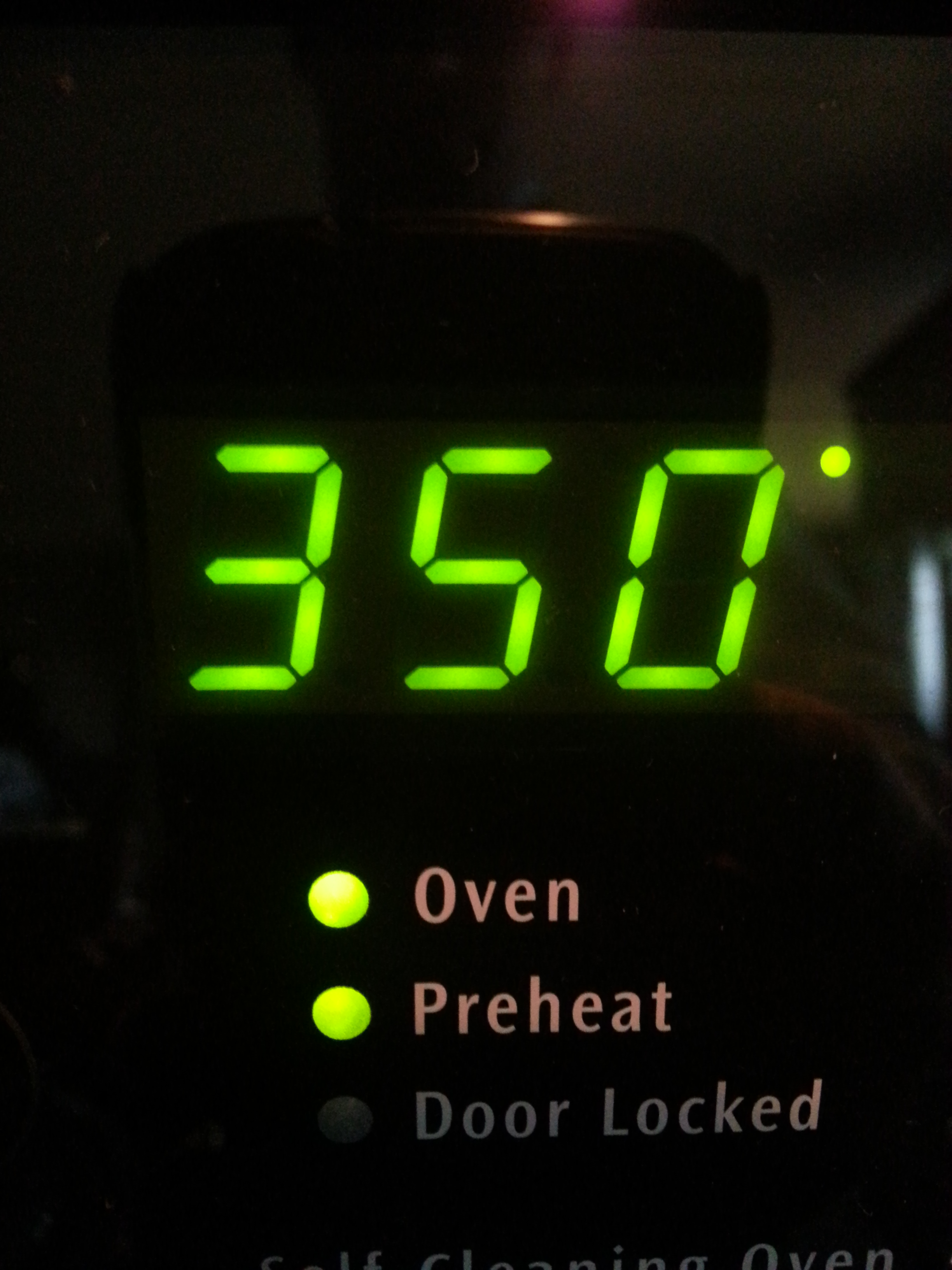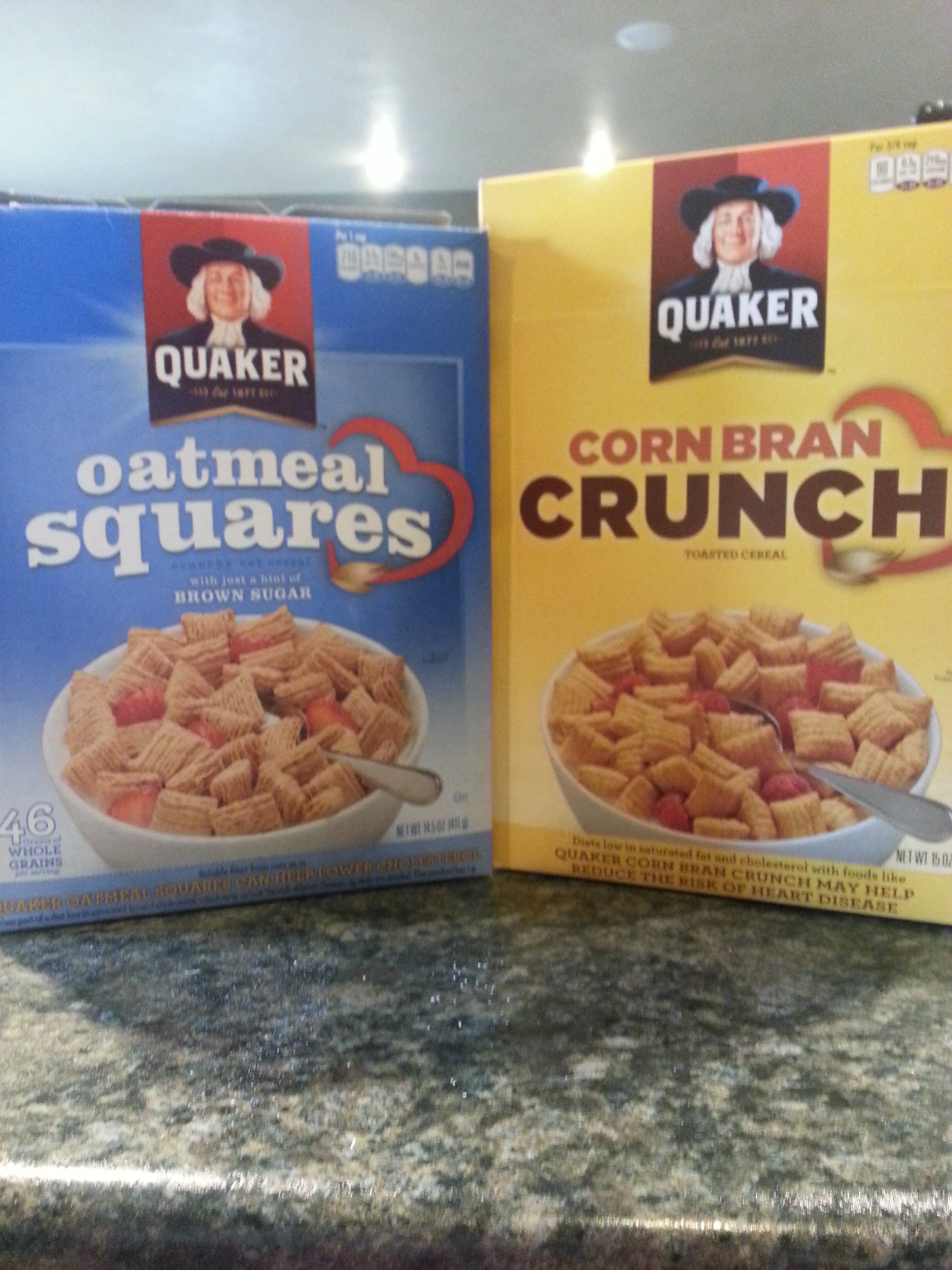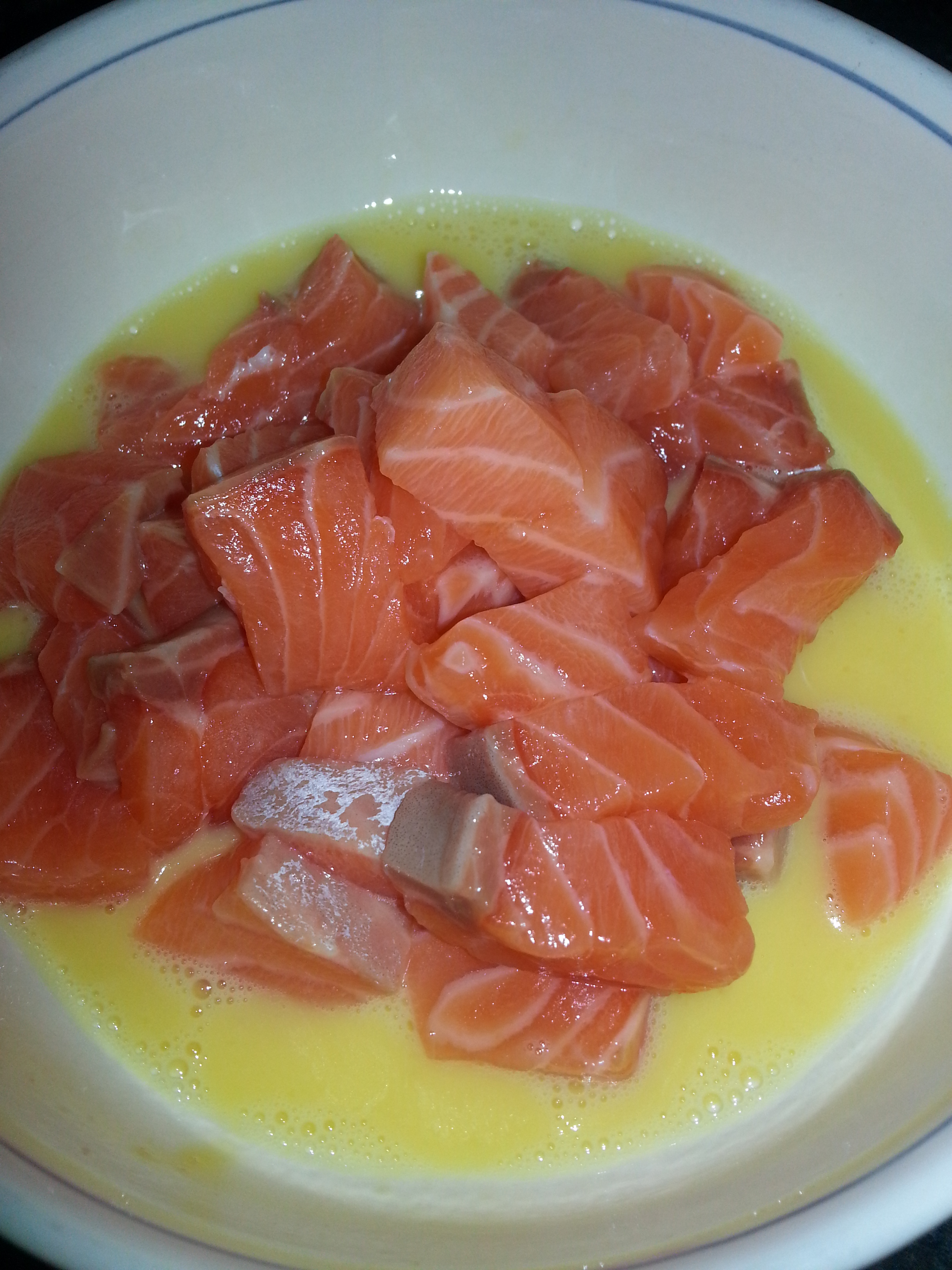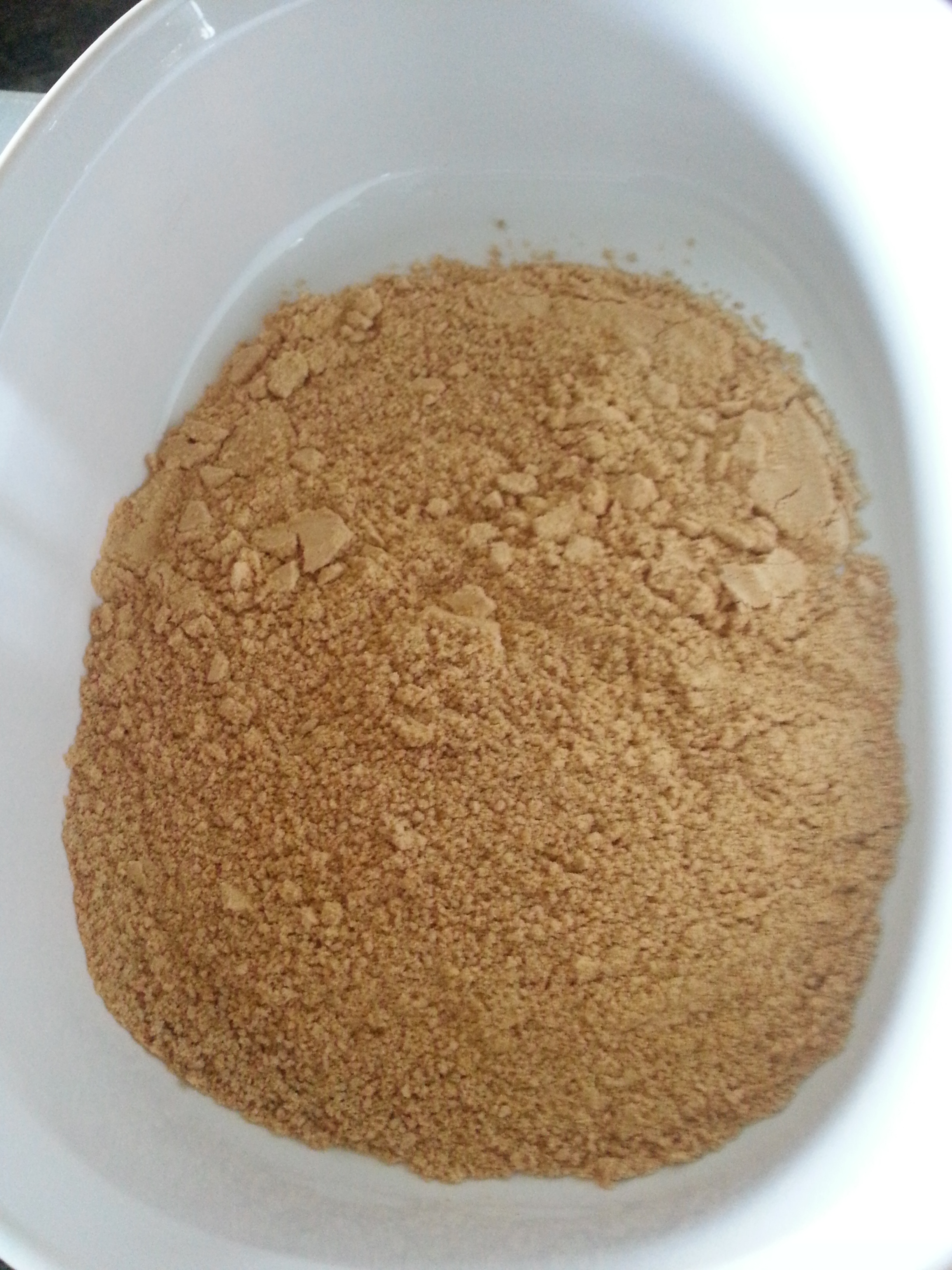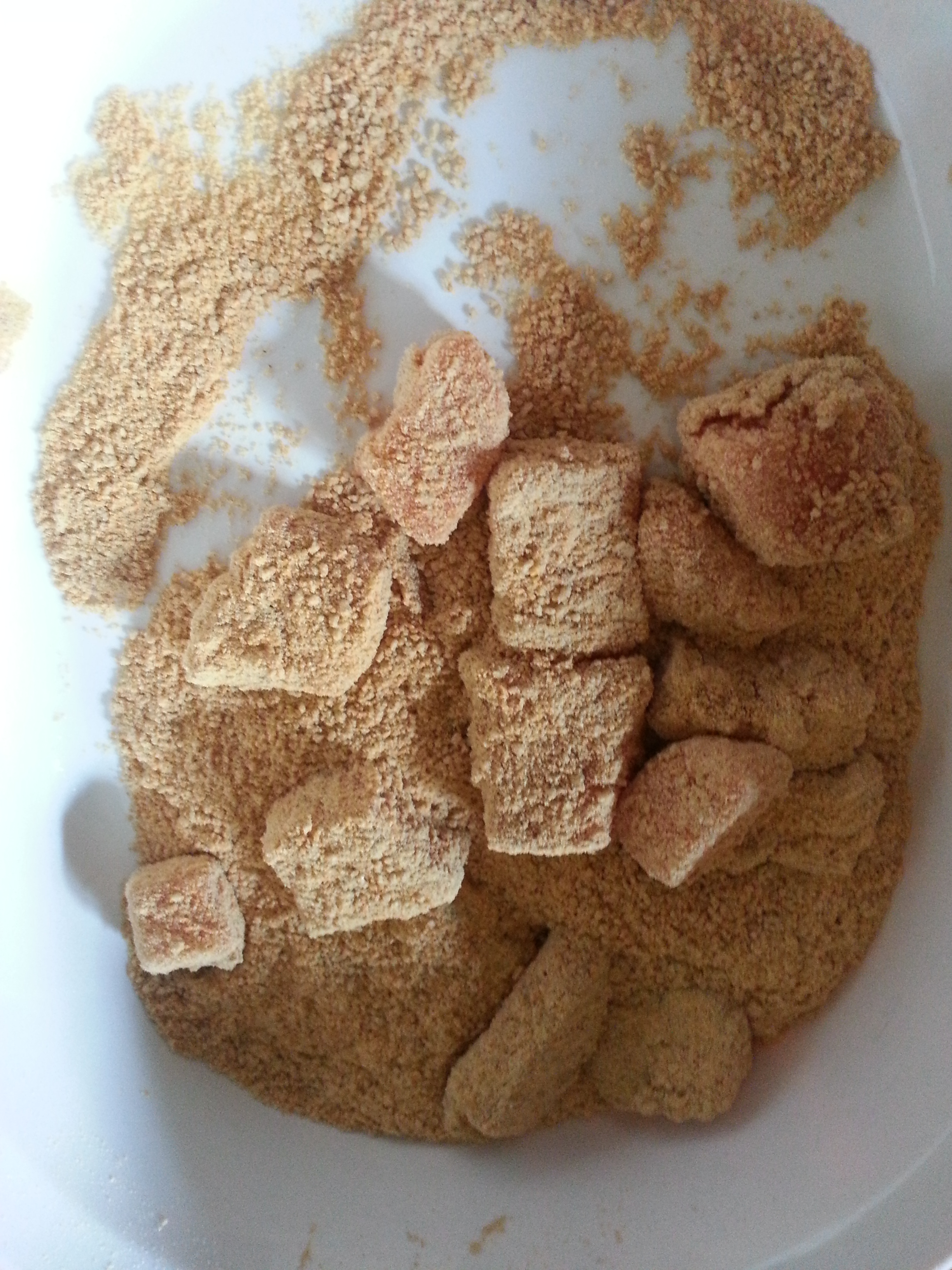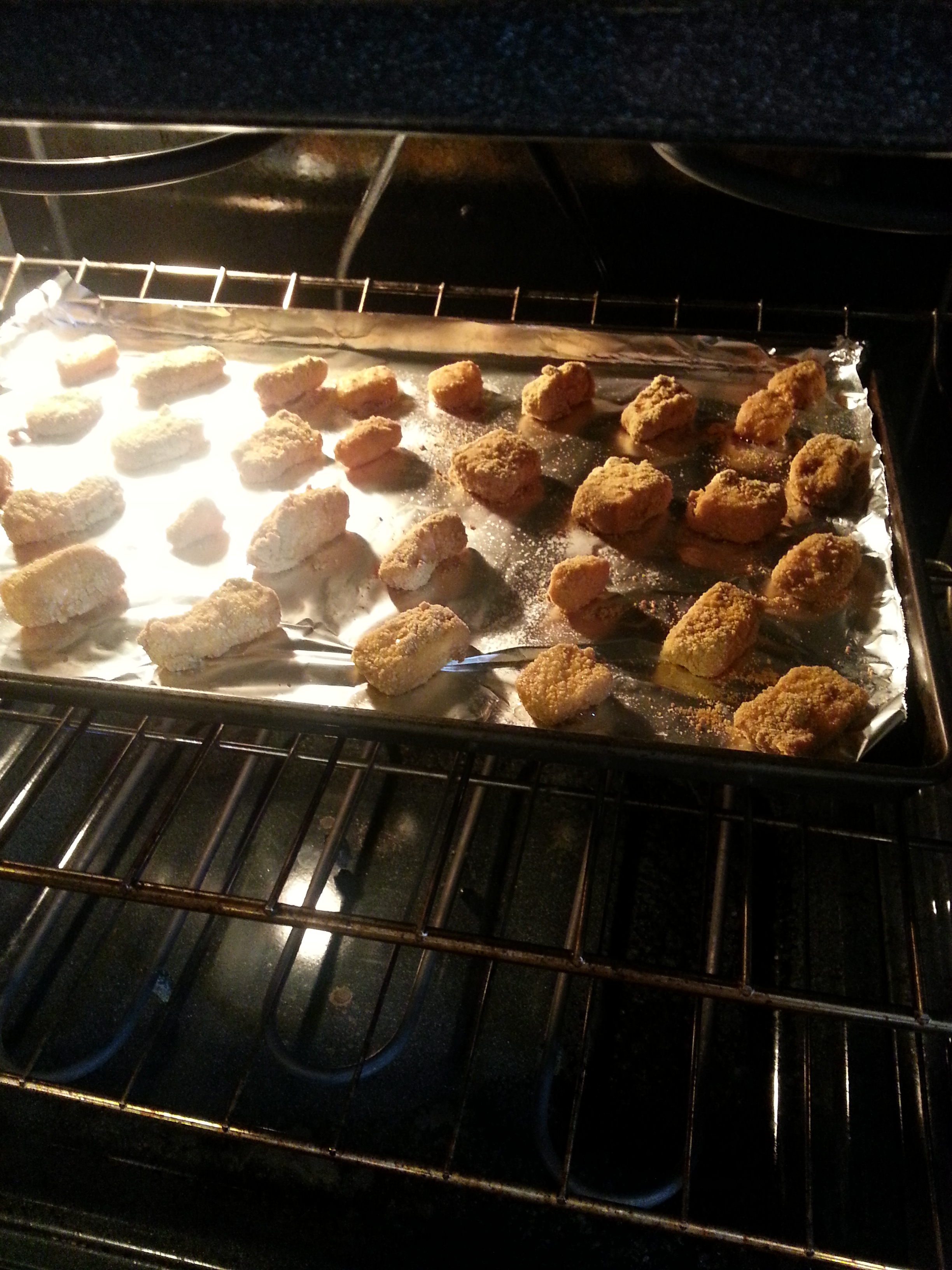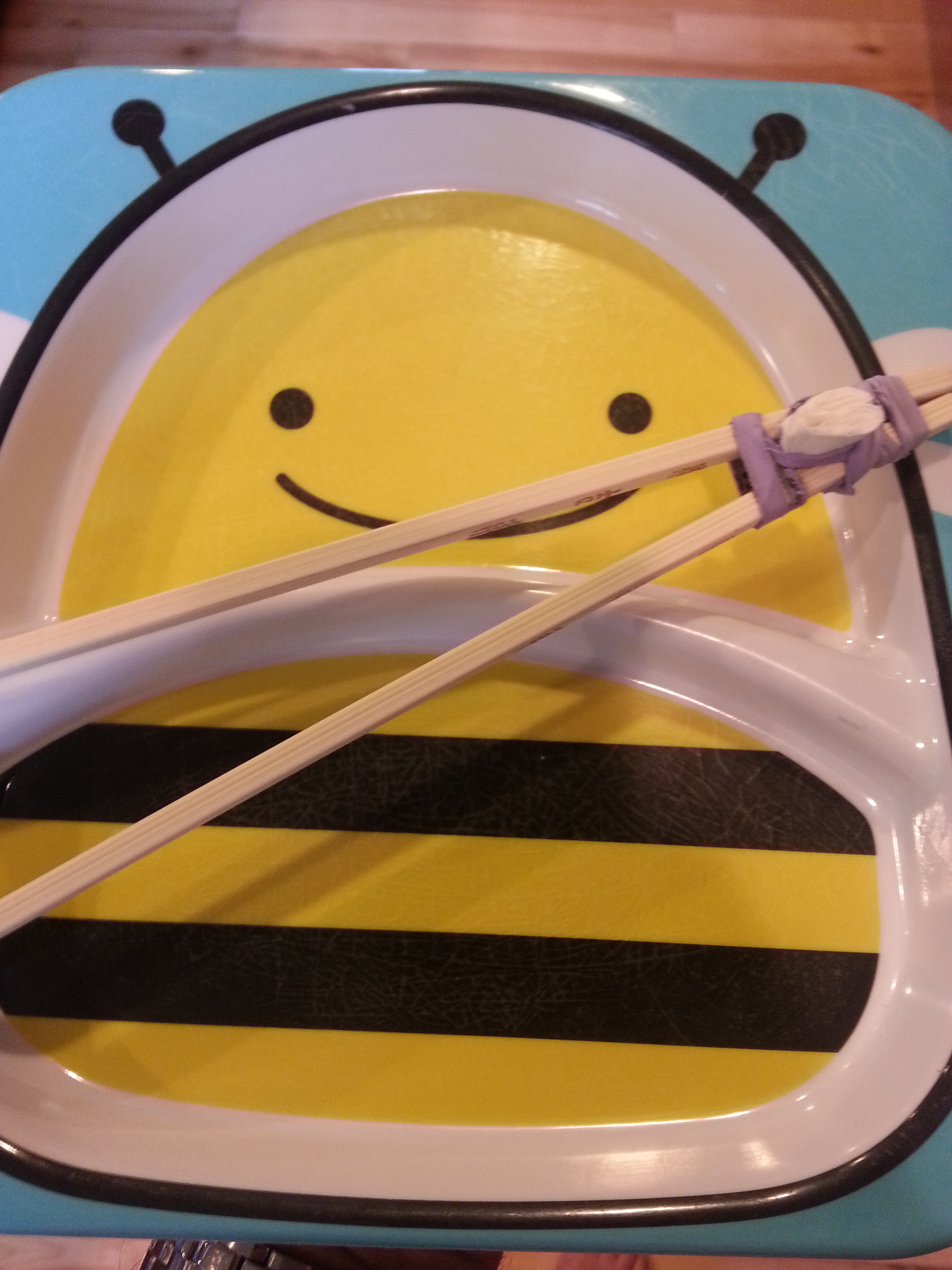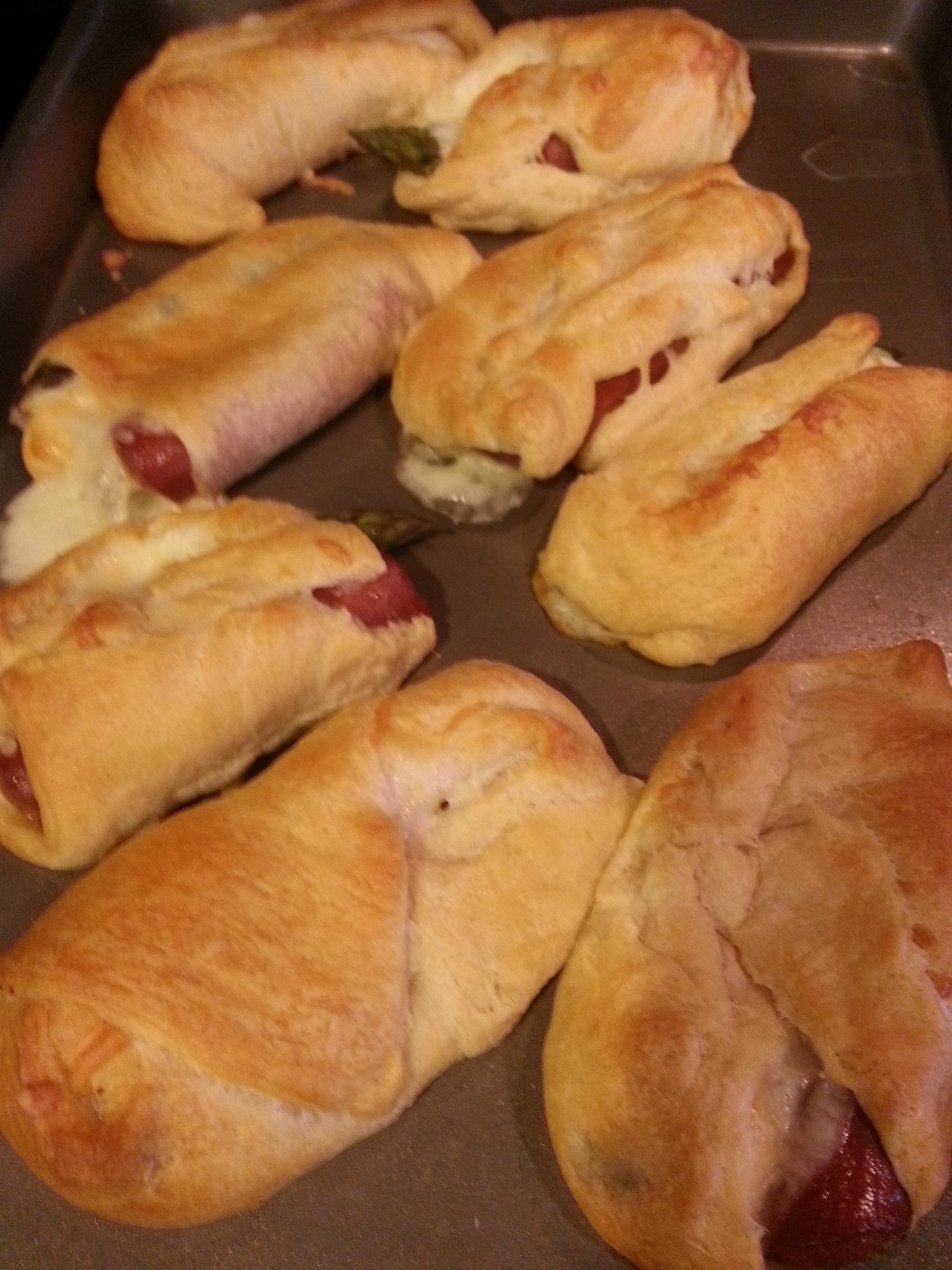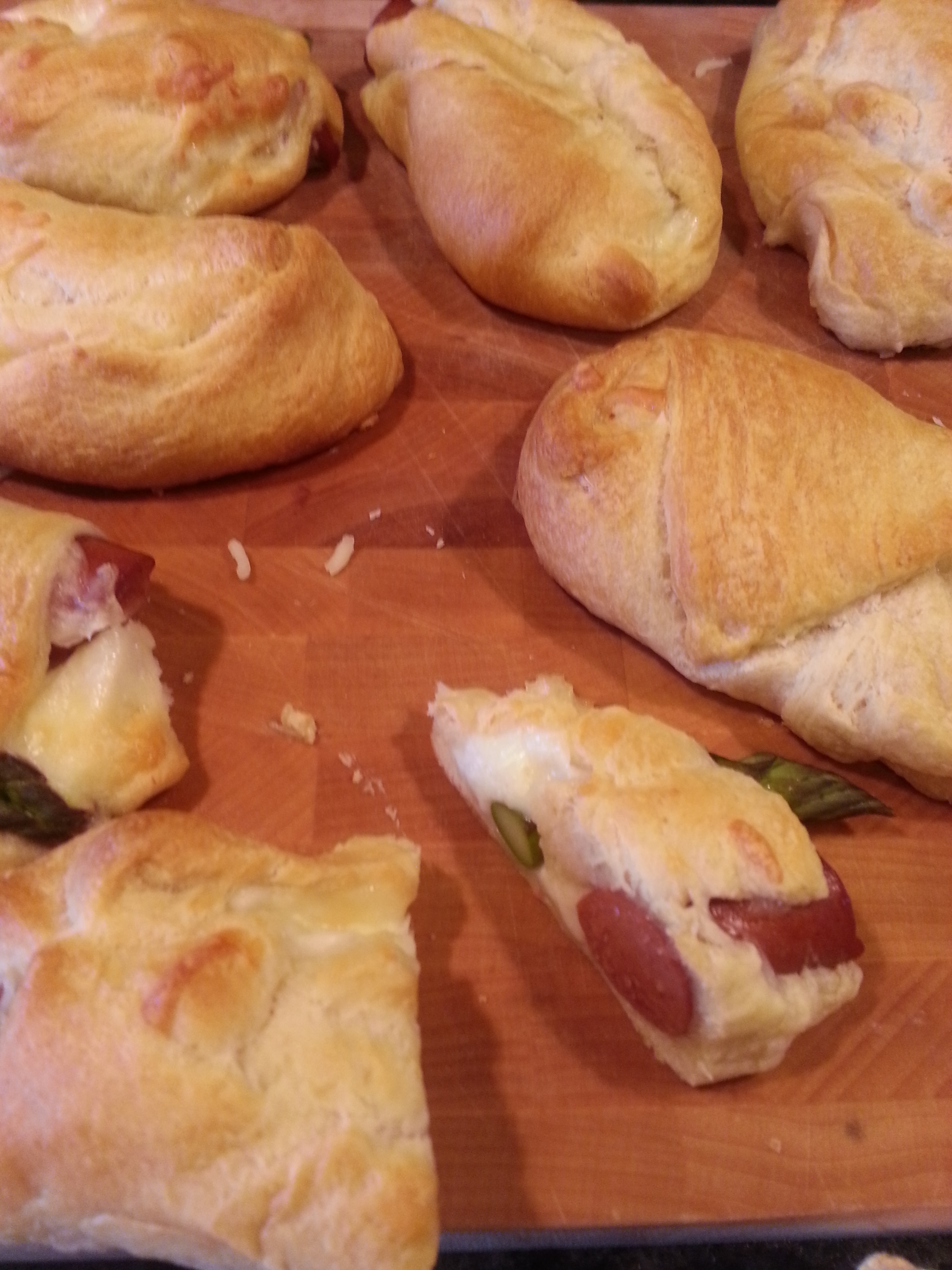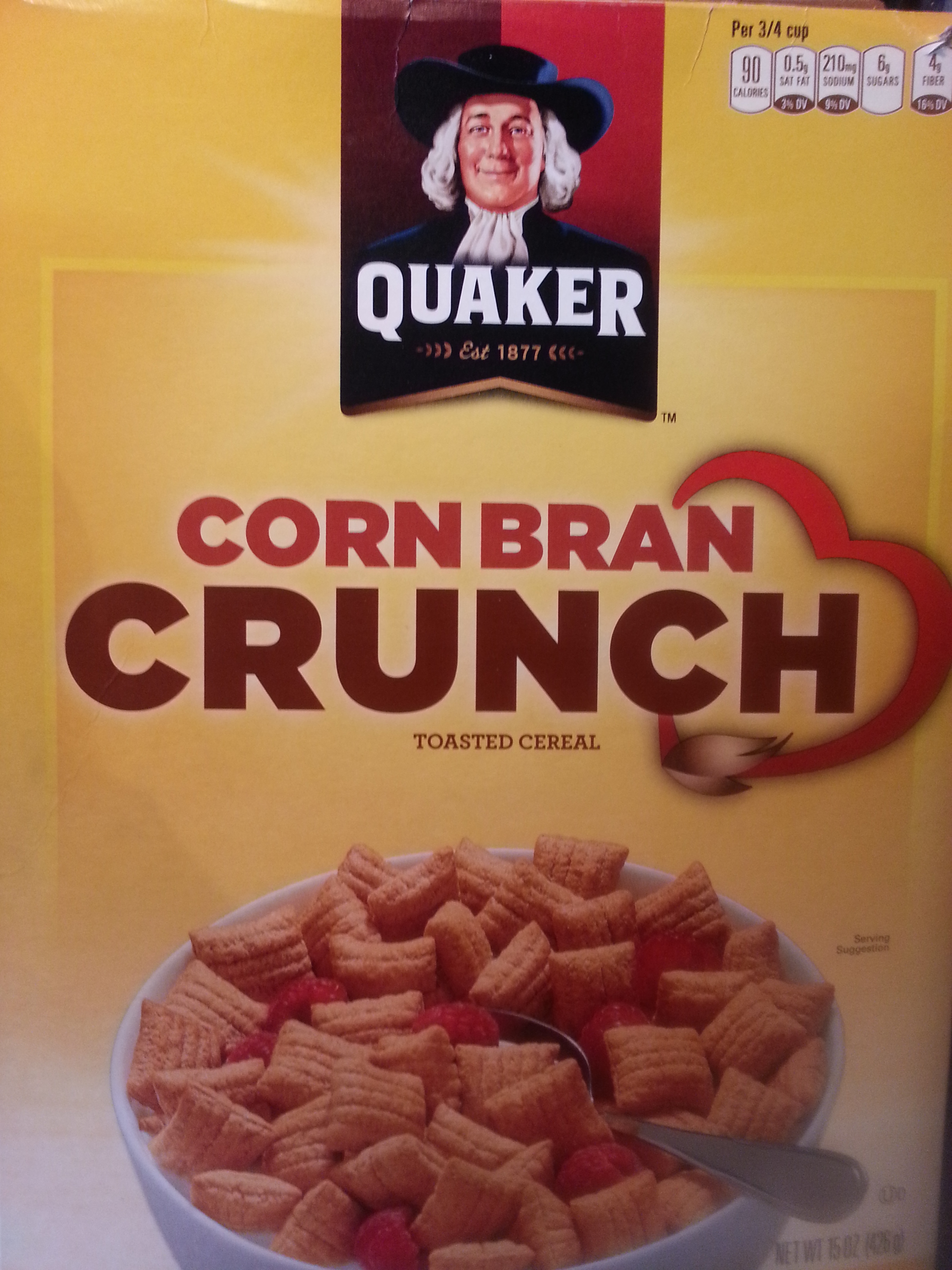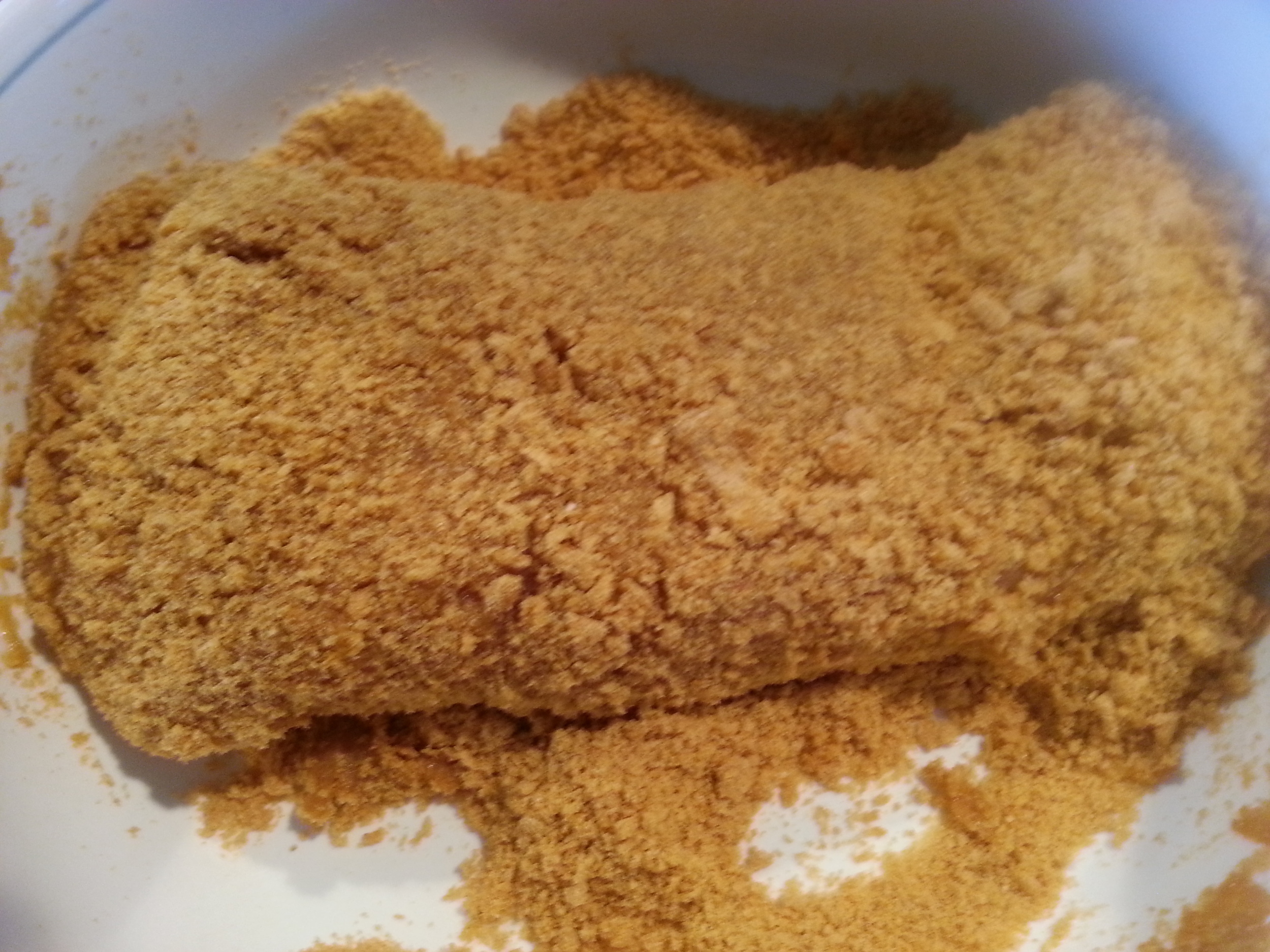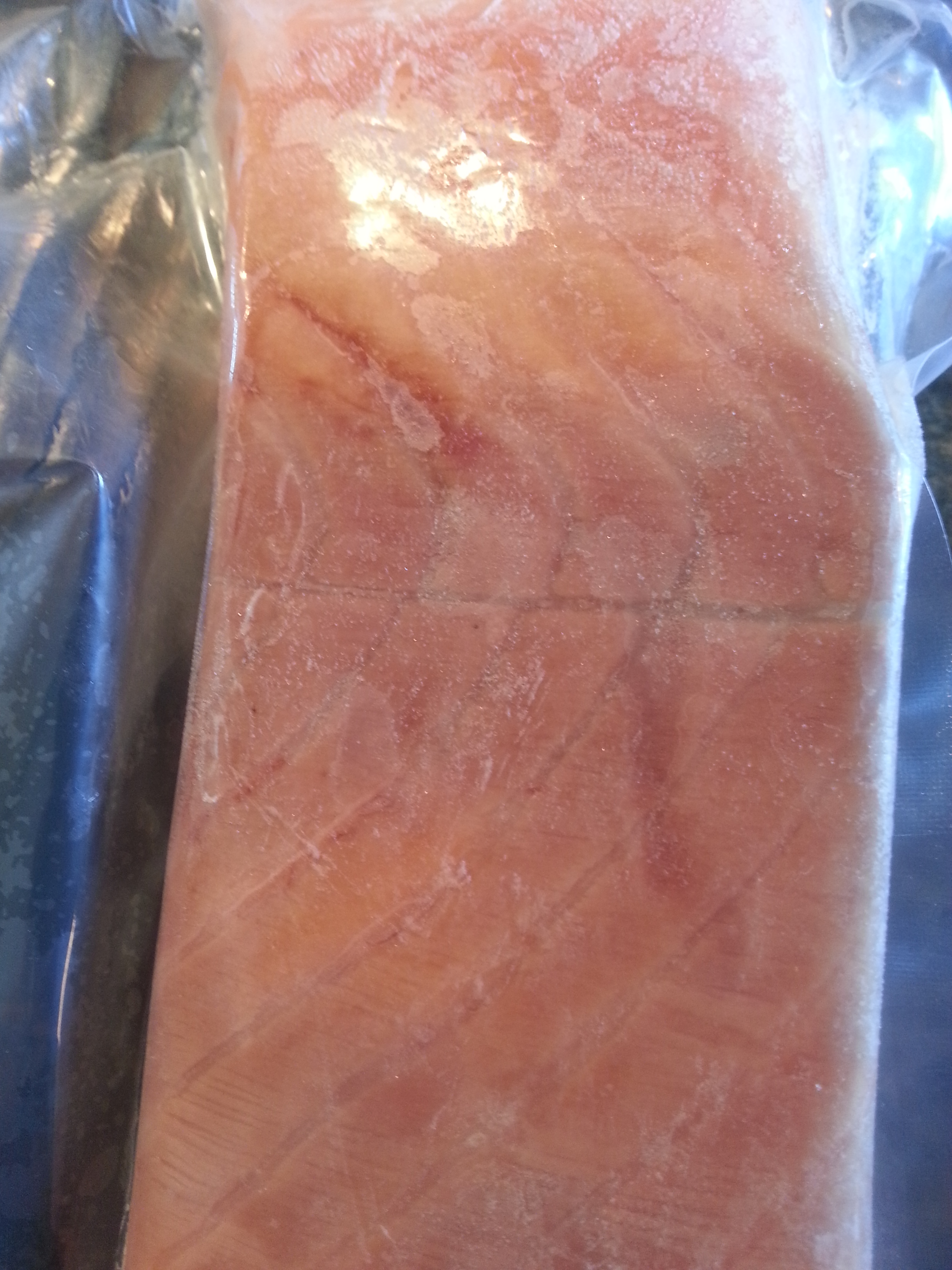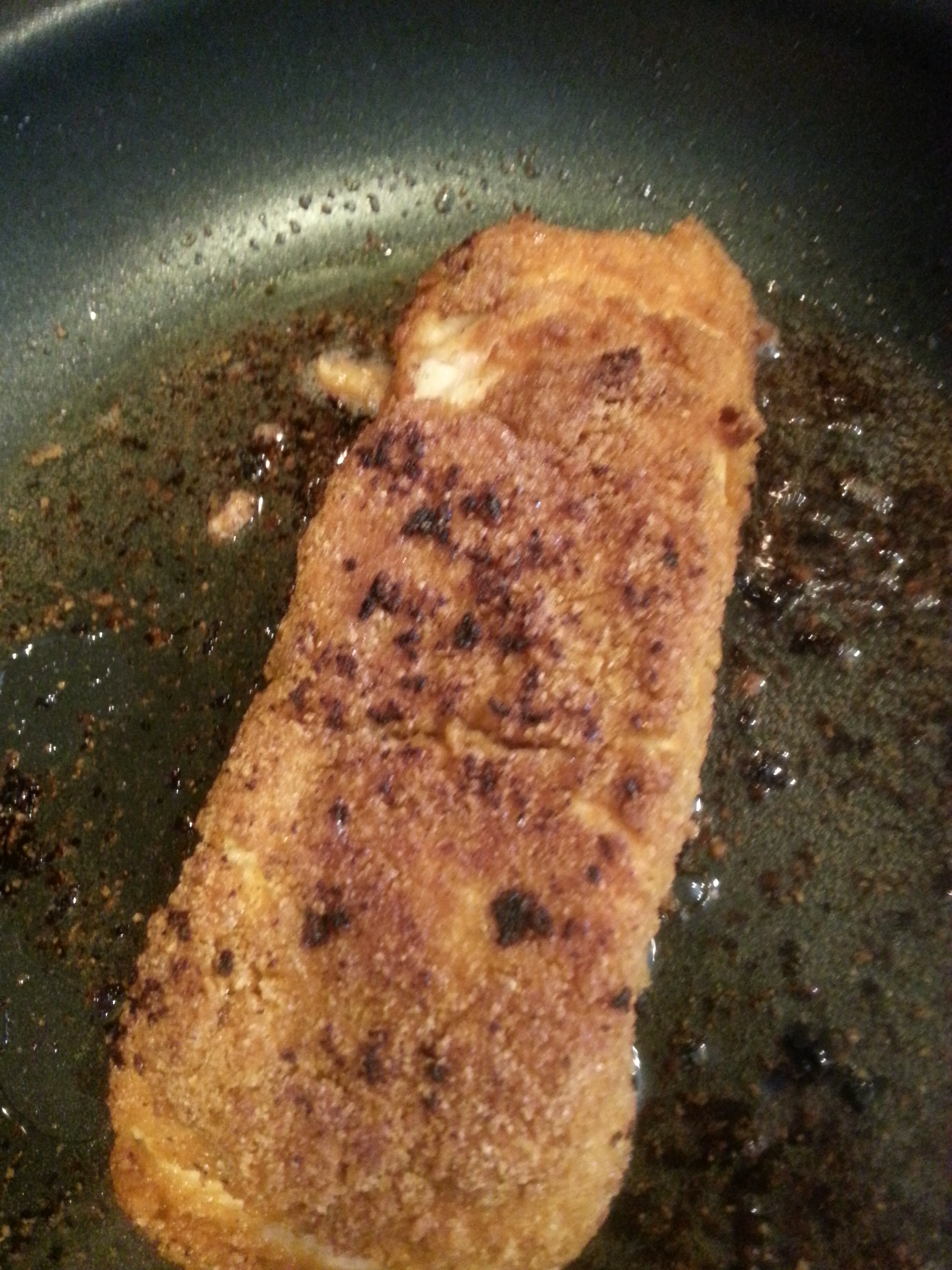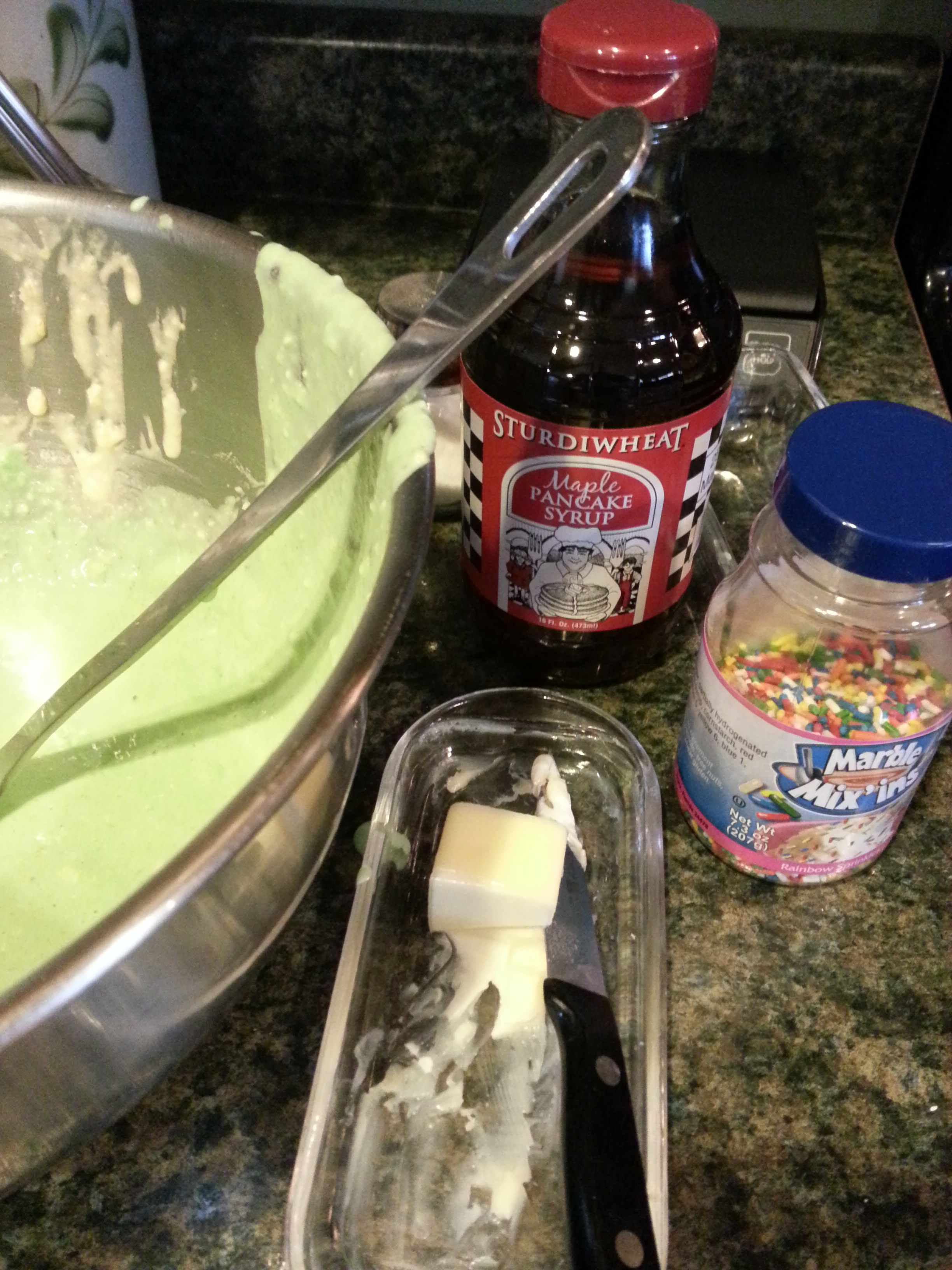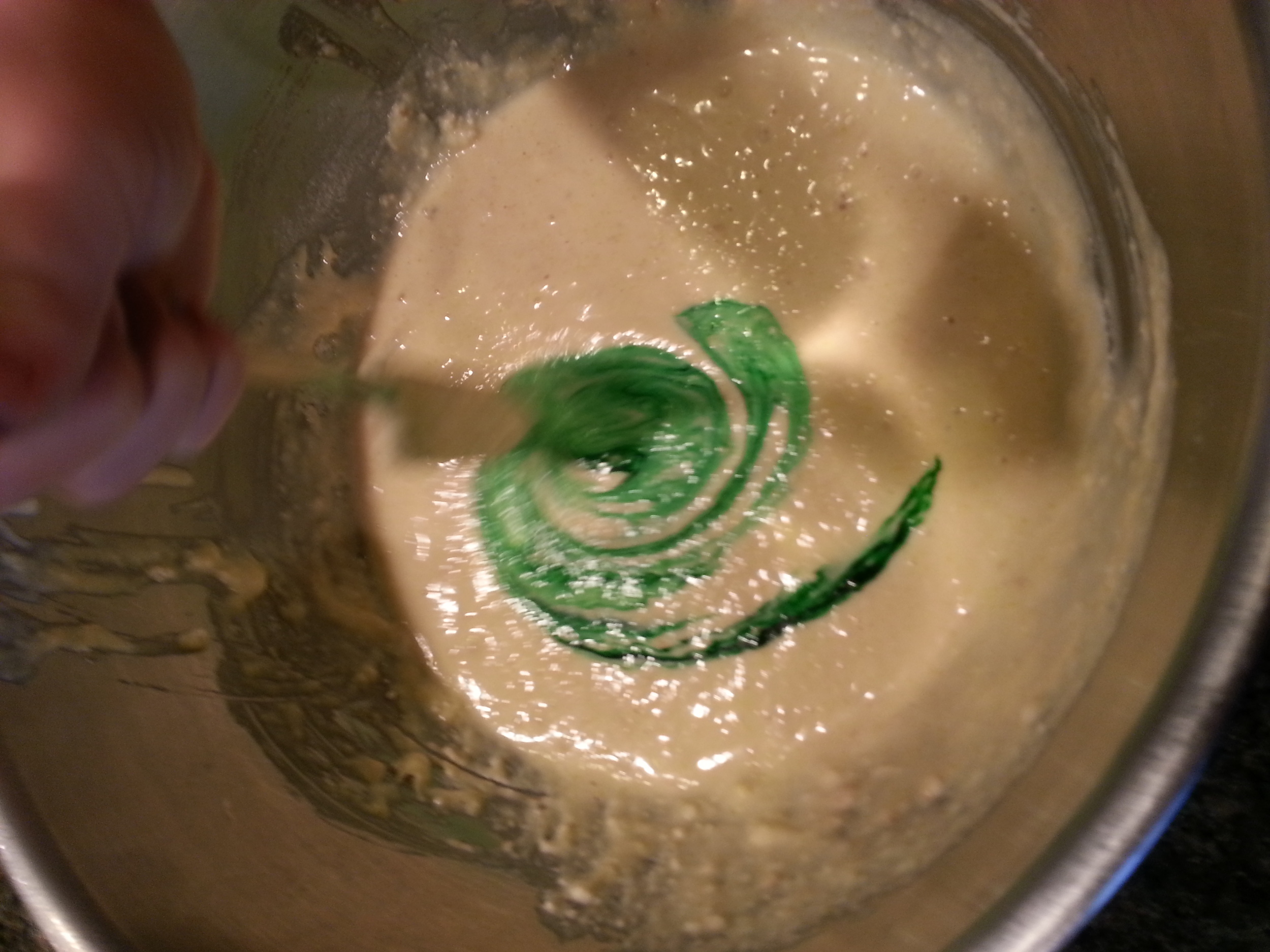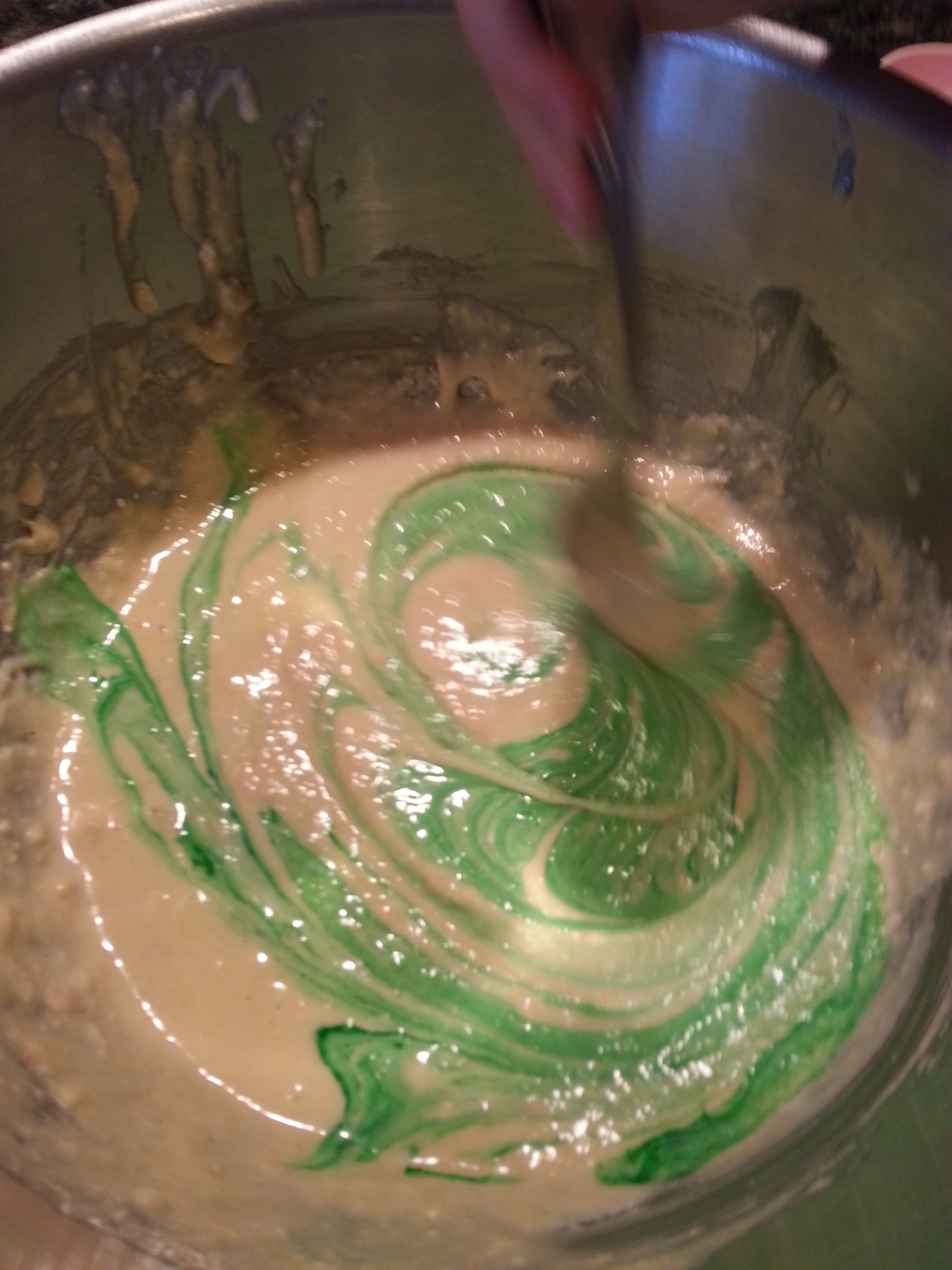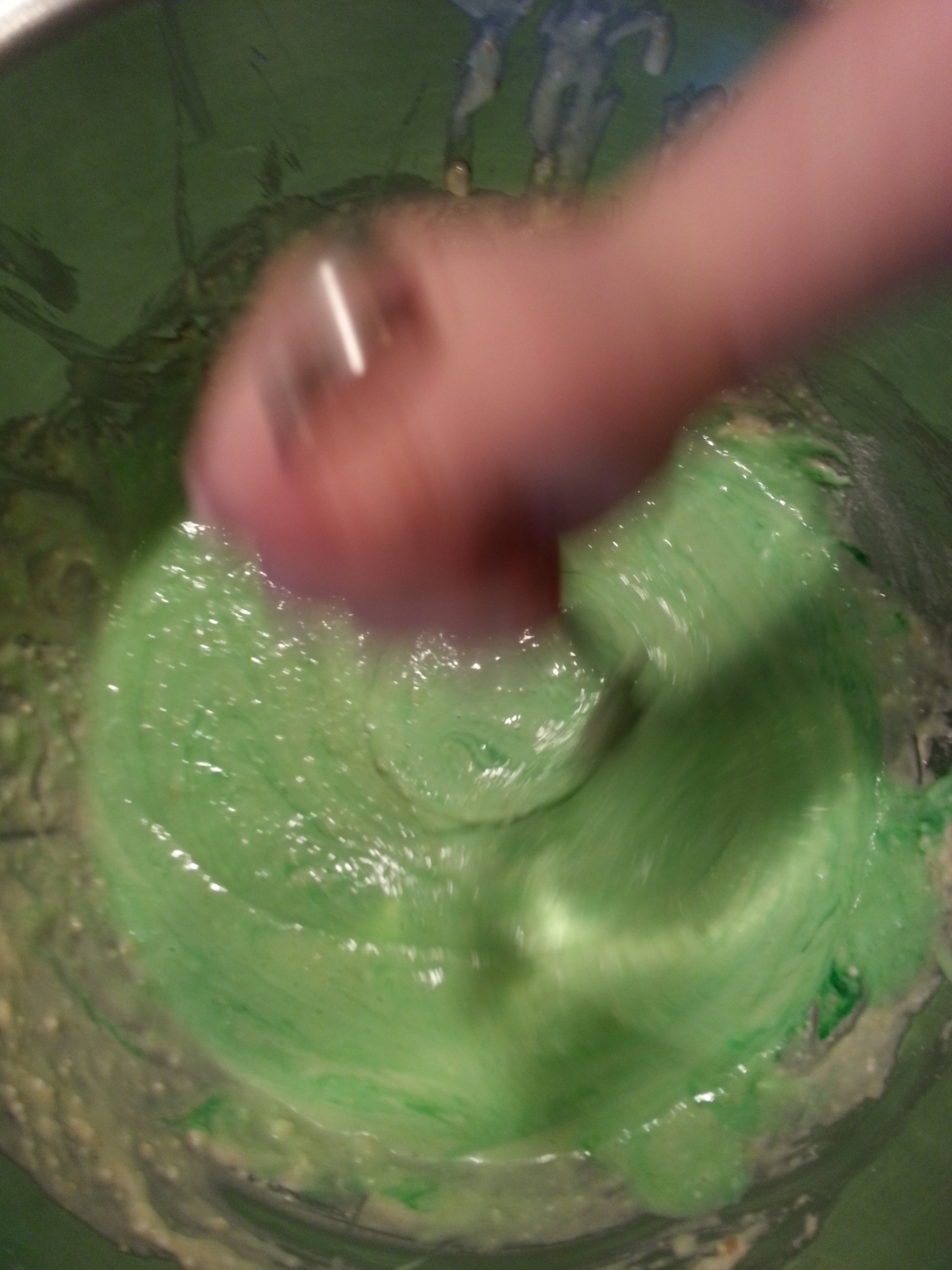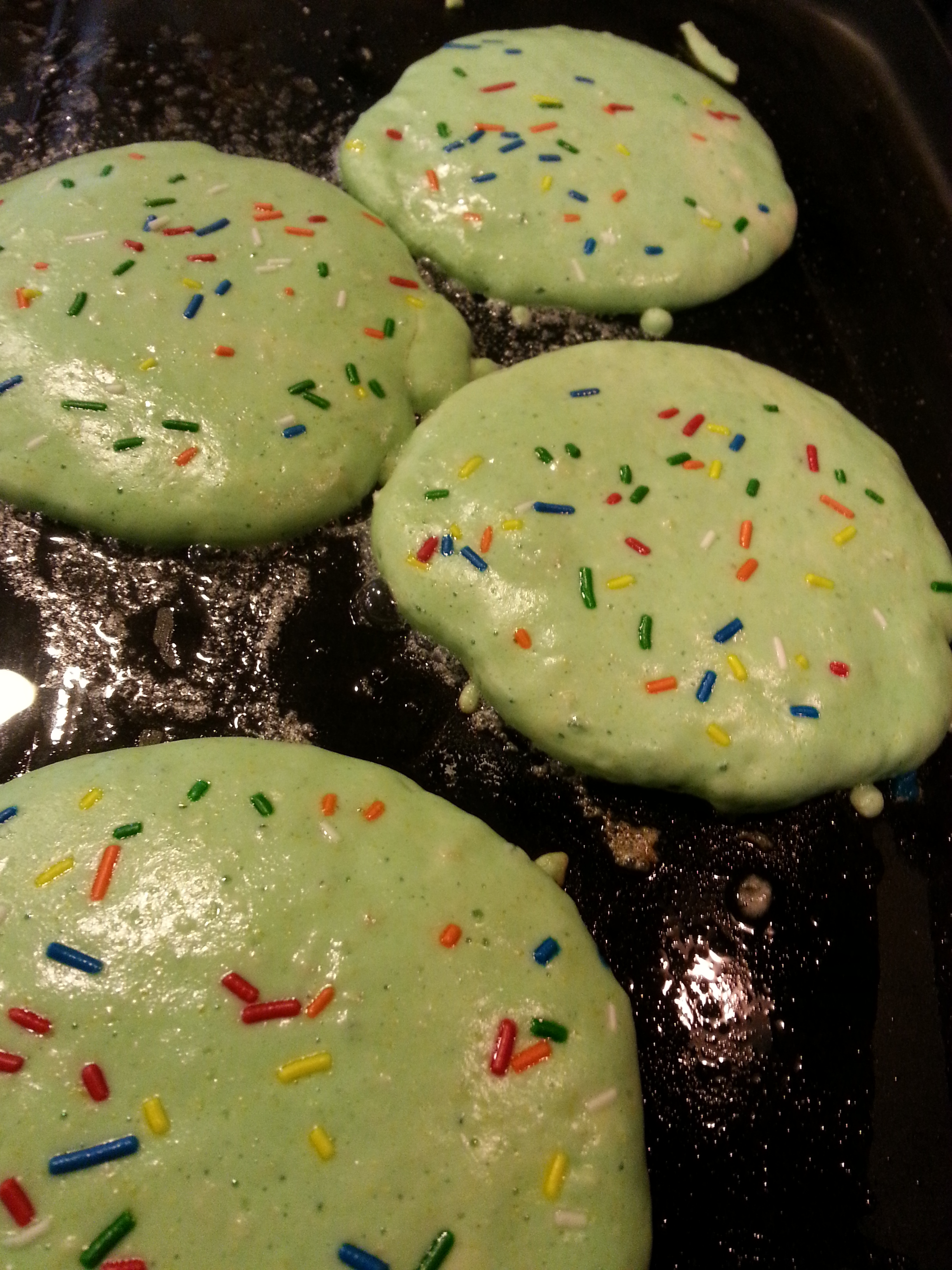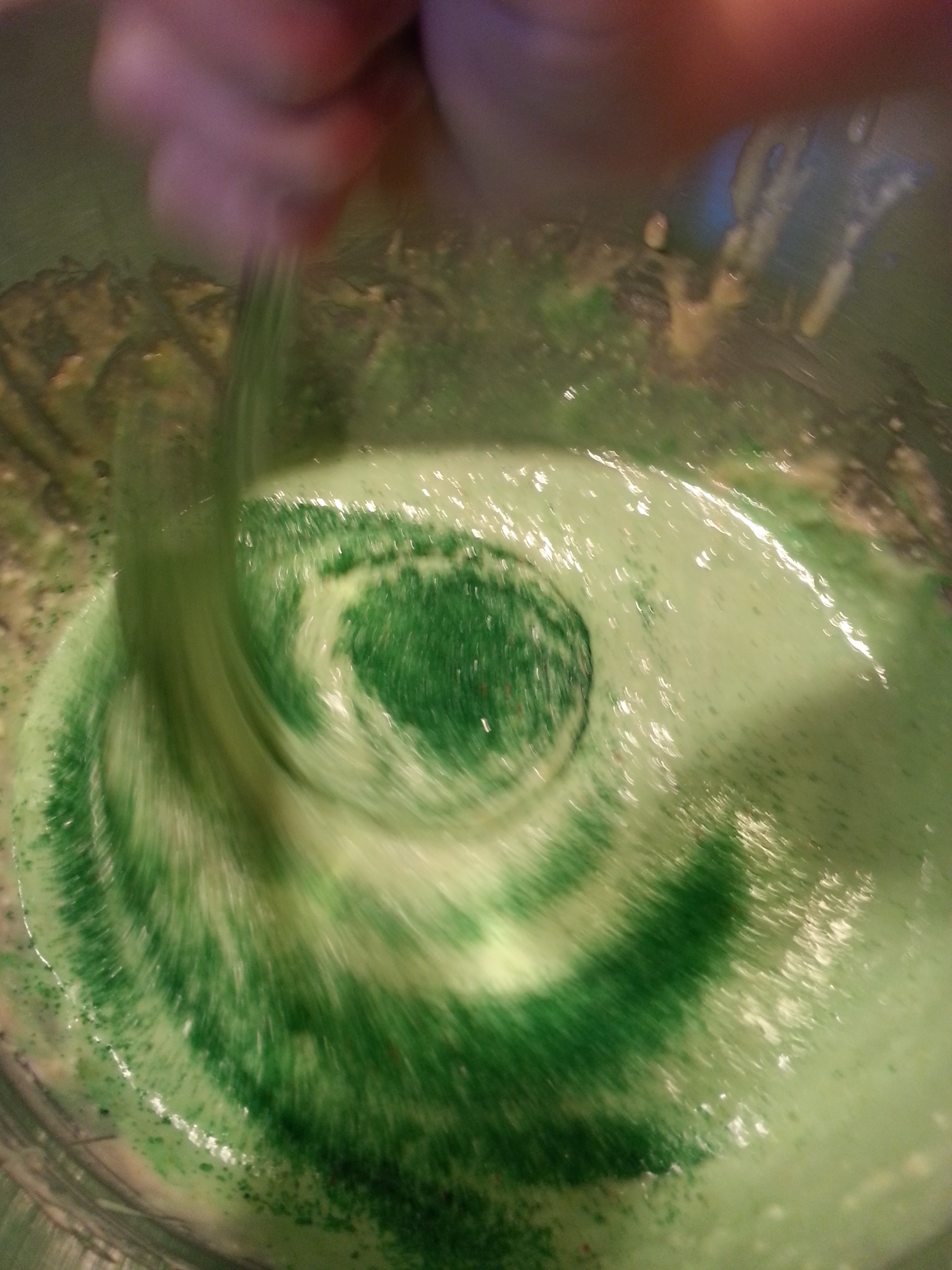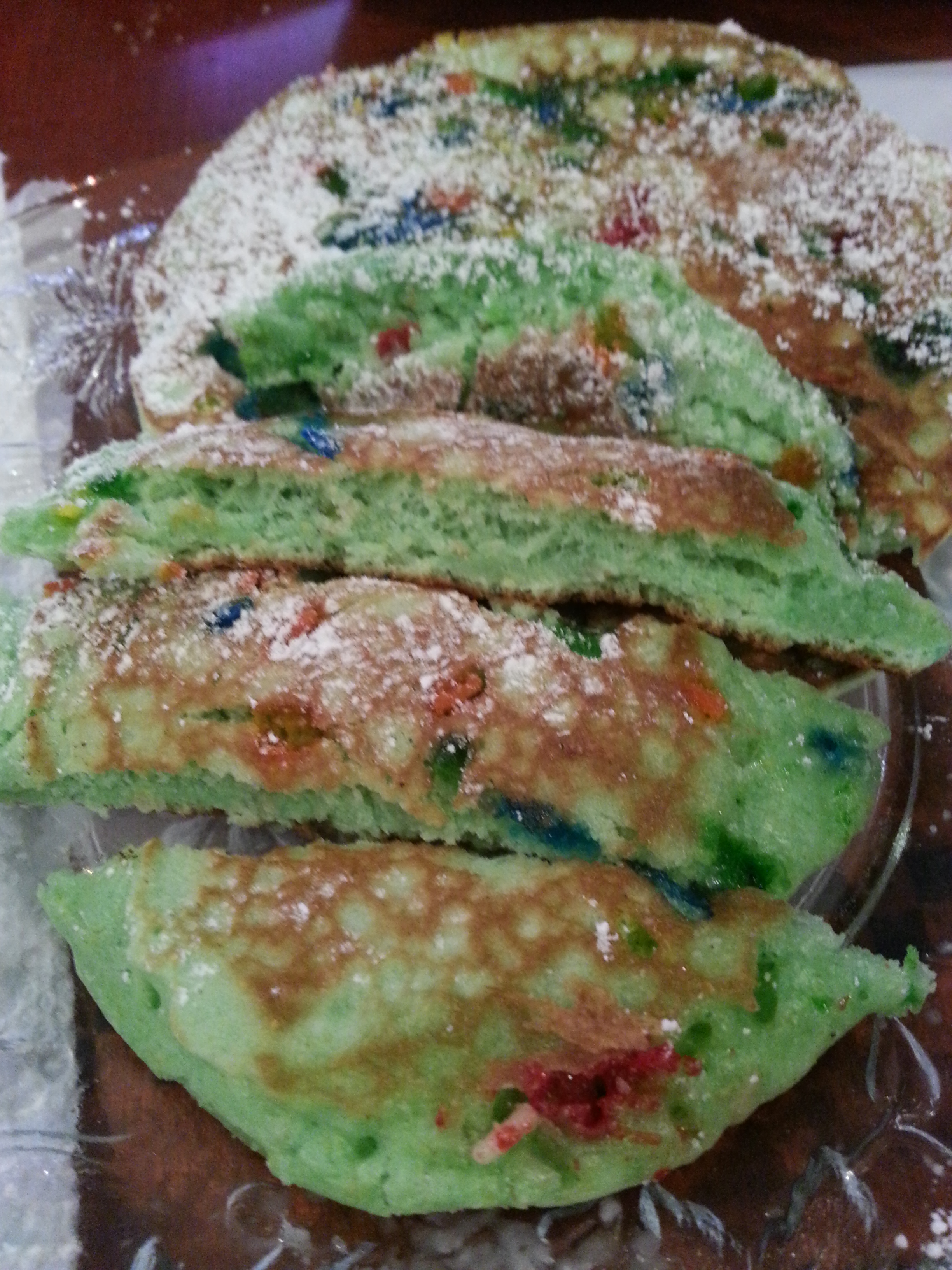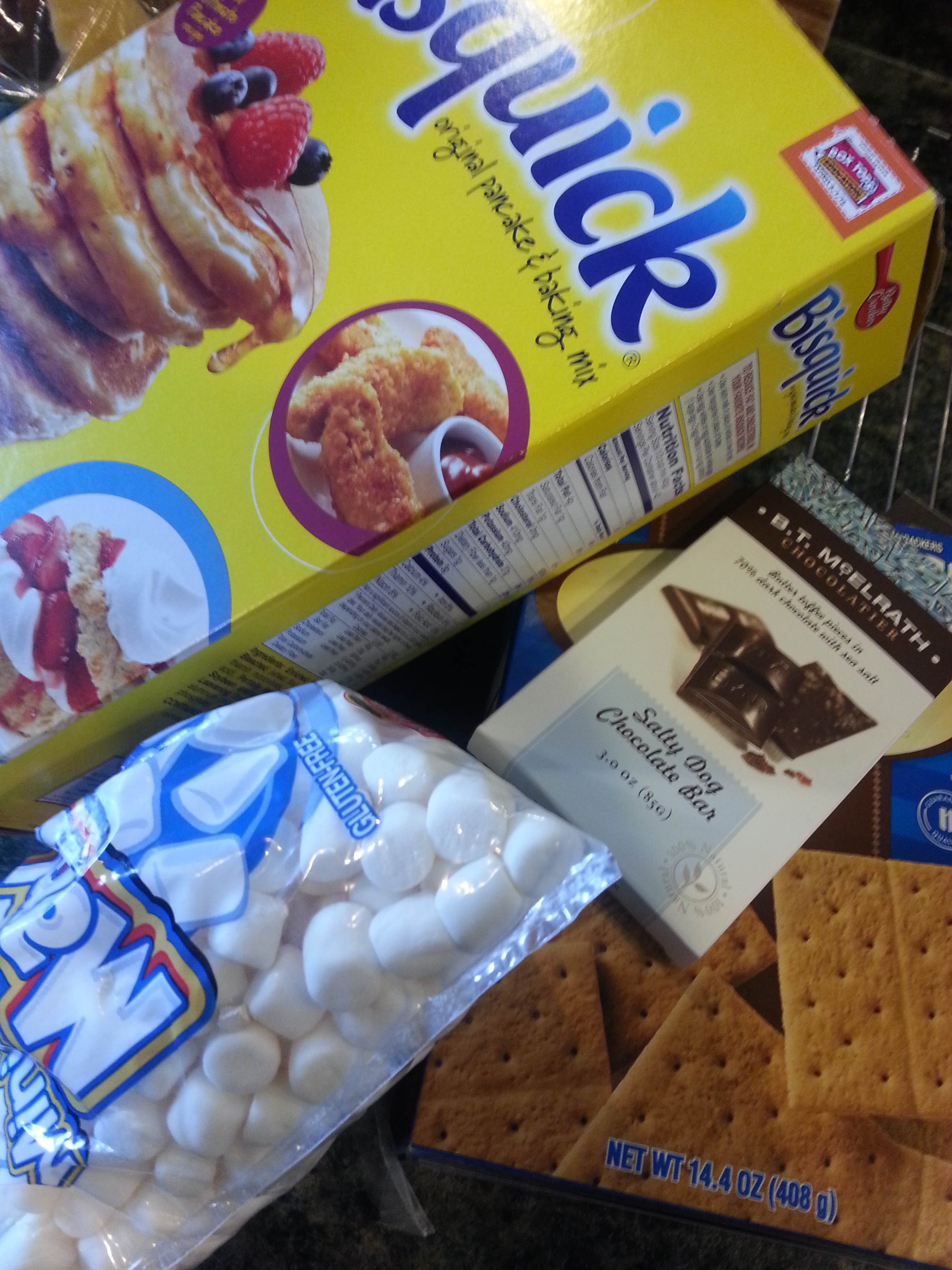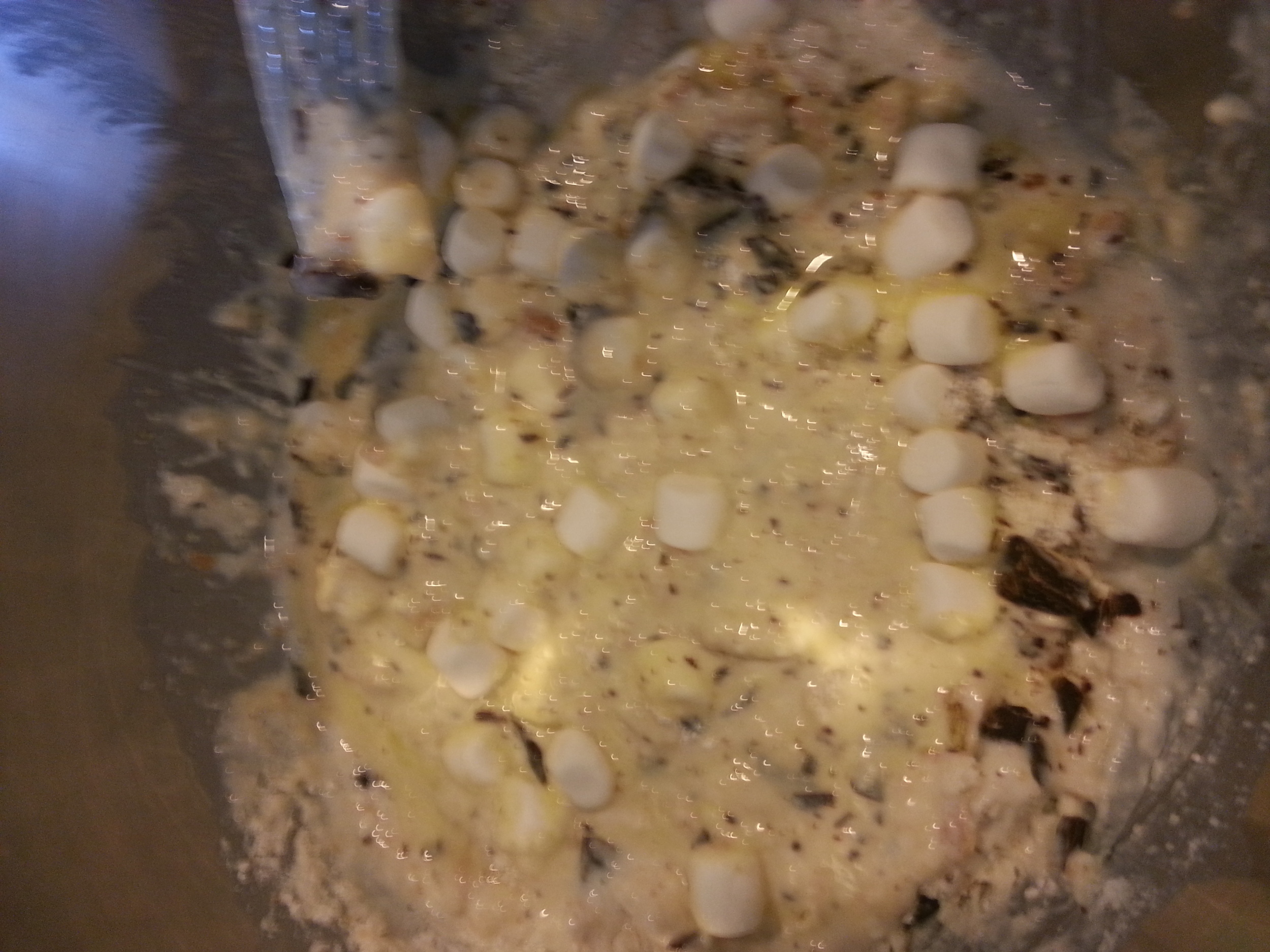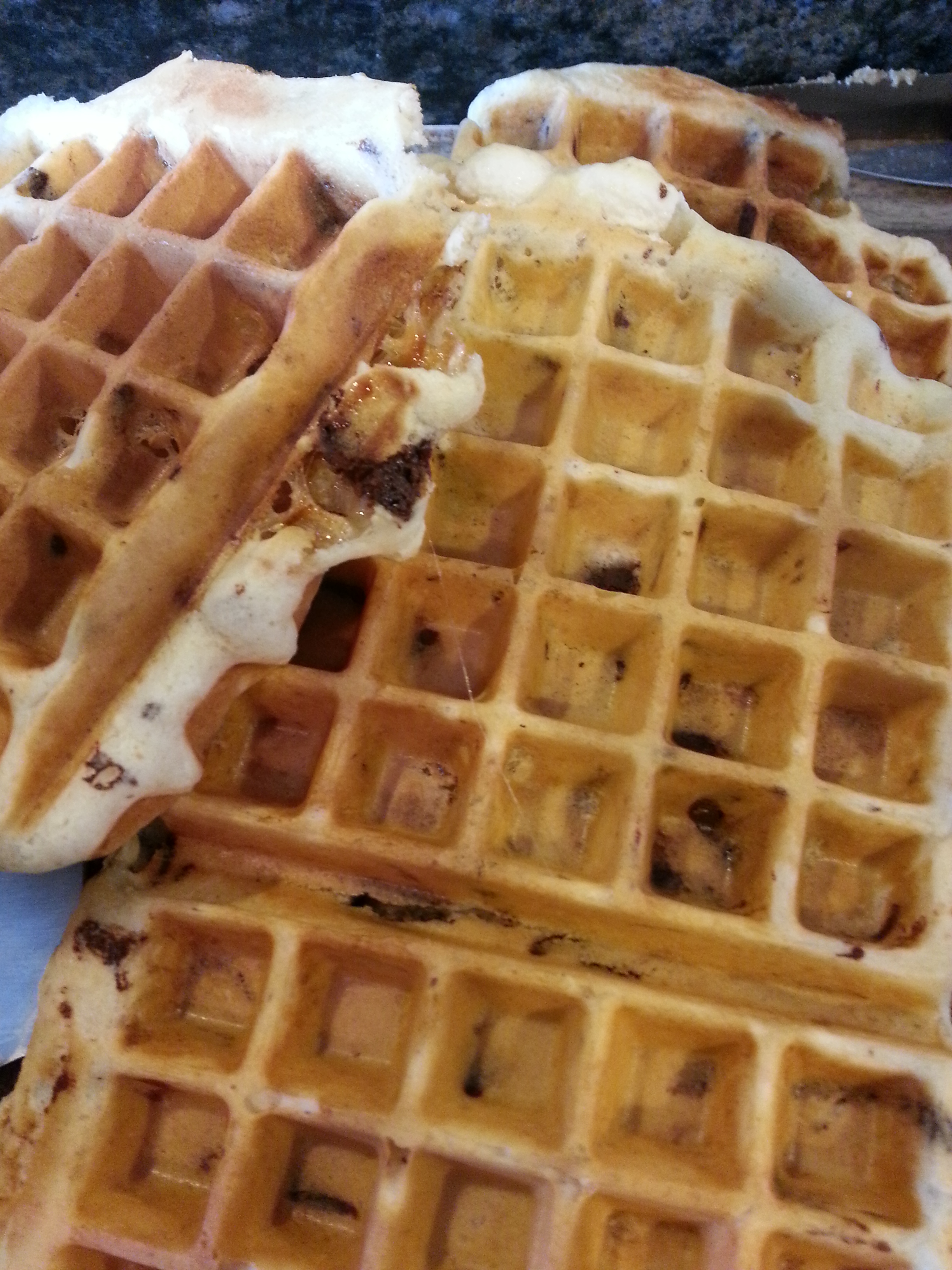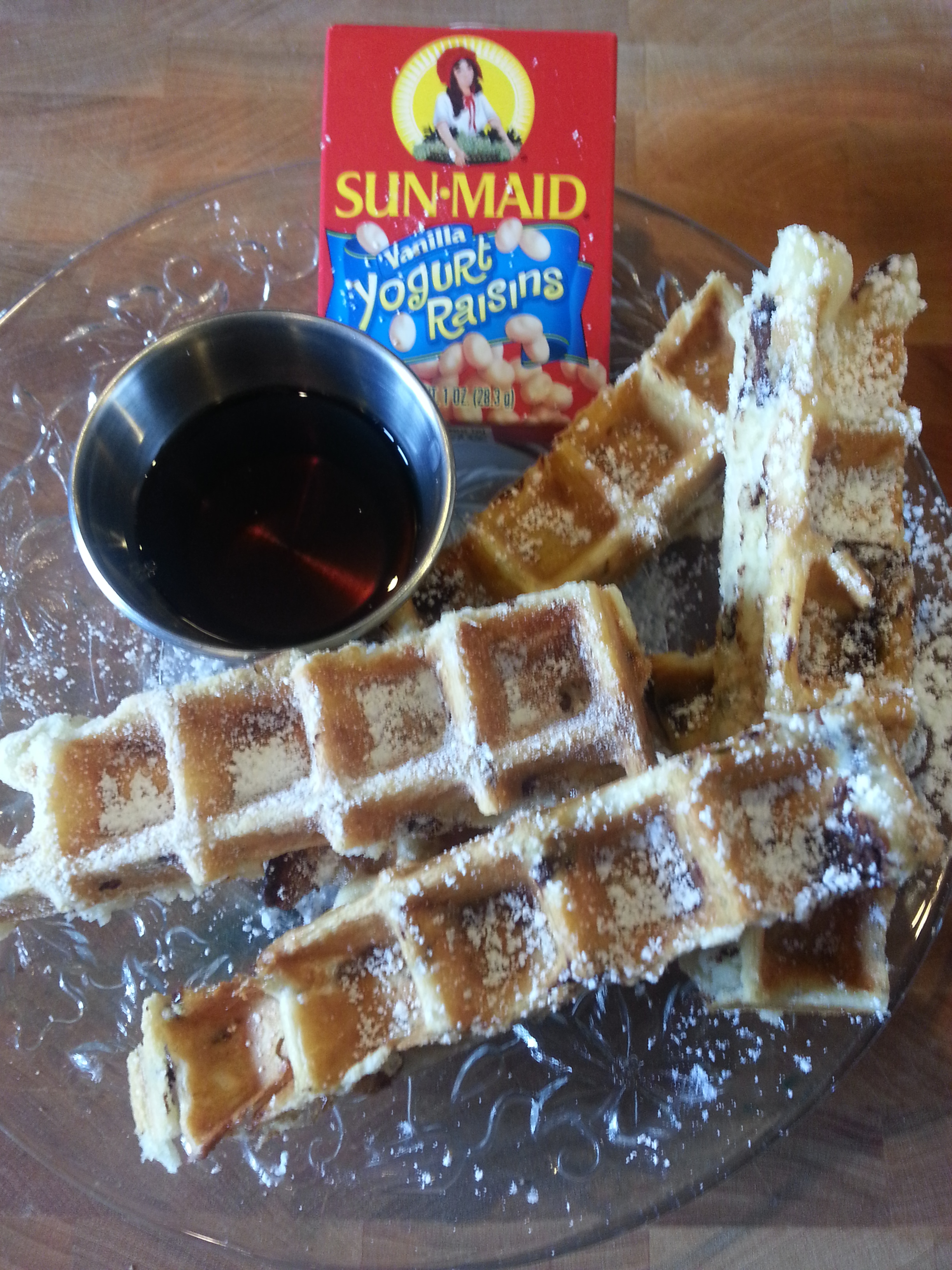Far from being South Dakota's doppleganger, Philadelphia, PA has a population density 10xs greater than that of Sioux Falls, SD and is mentioned in way more songs... but there are some interesting similarities between the two.
Although Pennsylvania is aptly named for the amount of lush foliage and bucolic rolling tree-covered hills that more often call to mind more European landscapes than those of the open and primarily flat prairies of the Midwest; both states share a relatively similar size and shape.
The physical location of each state's major city: PA's Philadelphia and SD's Sioux Falls are not only located in the southeast corners of their respective state but also share the unique proximity to several other regional hubs a relatively short drive away. For Sioux Falls it's: Omaha, Nebraska, Minneapolis-St.Paul, Minnesota and Des Moines, Iowa whereas Philadelphia is proximal to: Wilmington, DE, New York City, Cherry Hill, New Jersey, Baltimore, Maryland and Washington, D.C. .
Both States have major "sister cities" a 5-6hr drive to the west. In Philadelphia it's Pittsburgh and in Sioux Falls, it's Rapid City. Both of which are the state's largest city closest to it's western boarders and neither one really has a hockey team.
Both states share significance with regards to historic battles (Indian Wars vs. Wars for Independence) and are home to some of America's most inspiring symbols of freedom and democracy as well...most notably: Mt. Rushmore, Independence Hall & The Liberty Bell.
Both states also share some space with more socially (and electronically) independent sub-cultures of religious groups founded largely in-part by men named Jakob. In PA, the Jakob Ammann formed Amish & Mennonites and in SD, the Jakob Hutter founded Huttterites. Both trace their roots back to to the Radical Reformation of the 16th century and are easily identified by their simple living, plain dress and wonderful baked goods at local farmers' markets.
Fortune Magazine and US News both conduct annual reviews and ratings for over 24,000 public schools throughout the country. The more notable (ie; Radnor, Lower Merion, Haverford, Trediffryn/Easttown, Unionville-Chadsford, etc...) in the affluent western suburbs of Philadelphia (known as the Main Line) rank in the high 700s to low 800s out of 24,000+....ironically the same rankings as the local public schools in Sioux Falls, SD (namely: Roosevelt, Lincoln and Harrisburg.) Whether we elect to send our daughter to public or private school, the fact remains that public school systems this strong, speak volumes about both areas politically as well as culturally.
We've only been here for about four months so stay tuned for more interesting similarities between these two states....



